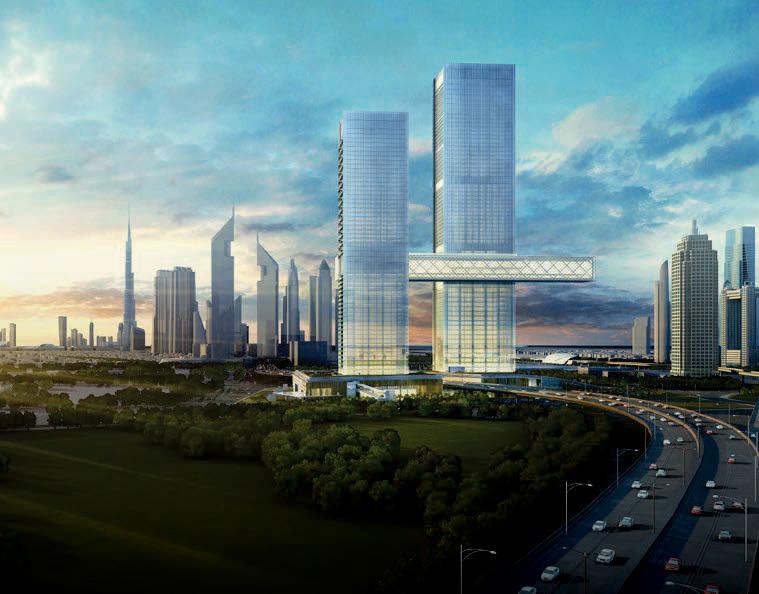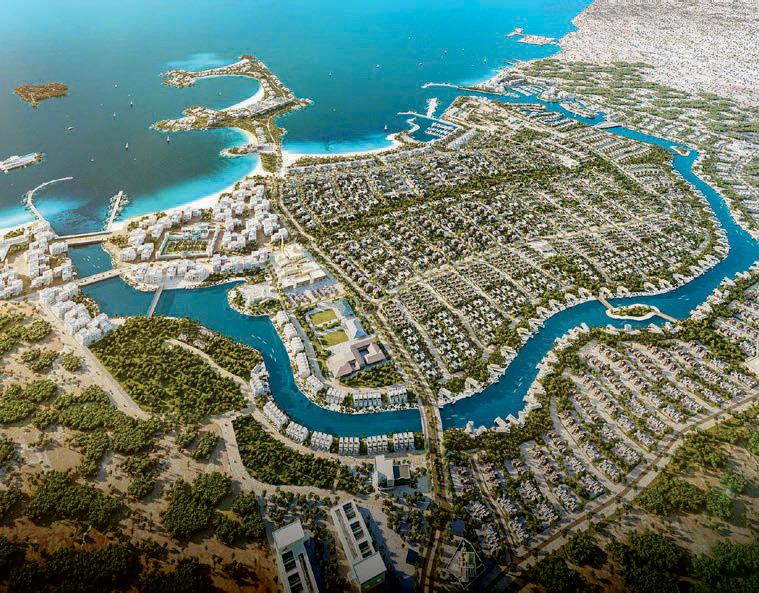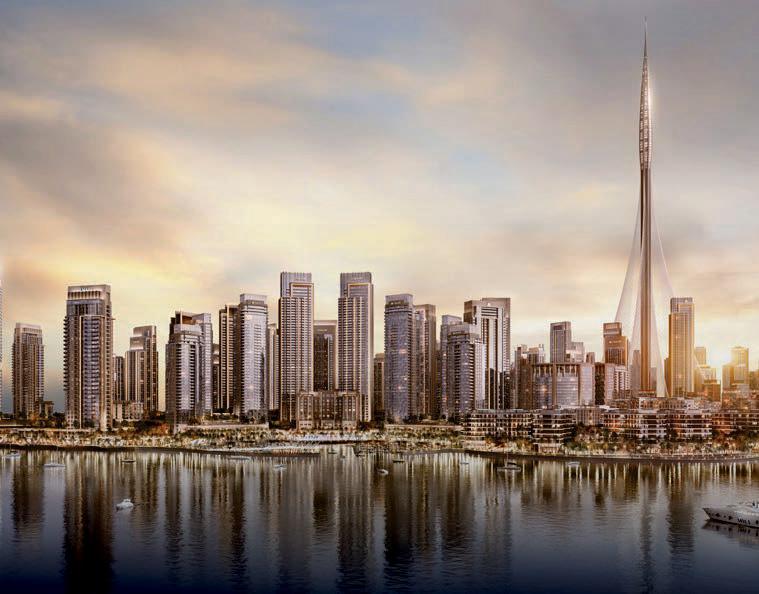








The 2022 edition of the ME Consultant Awards saw fierce competition - and a range of new winners to join some of the industry heavyweights In Practice
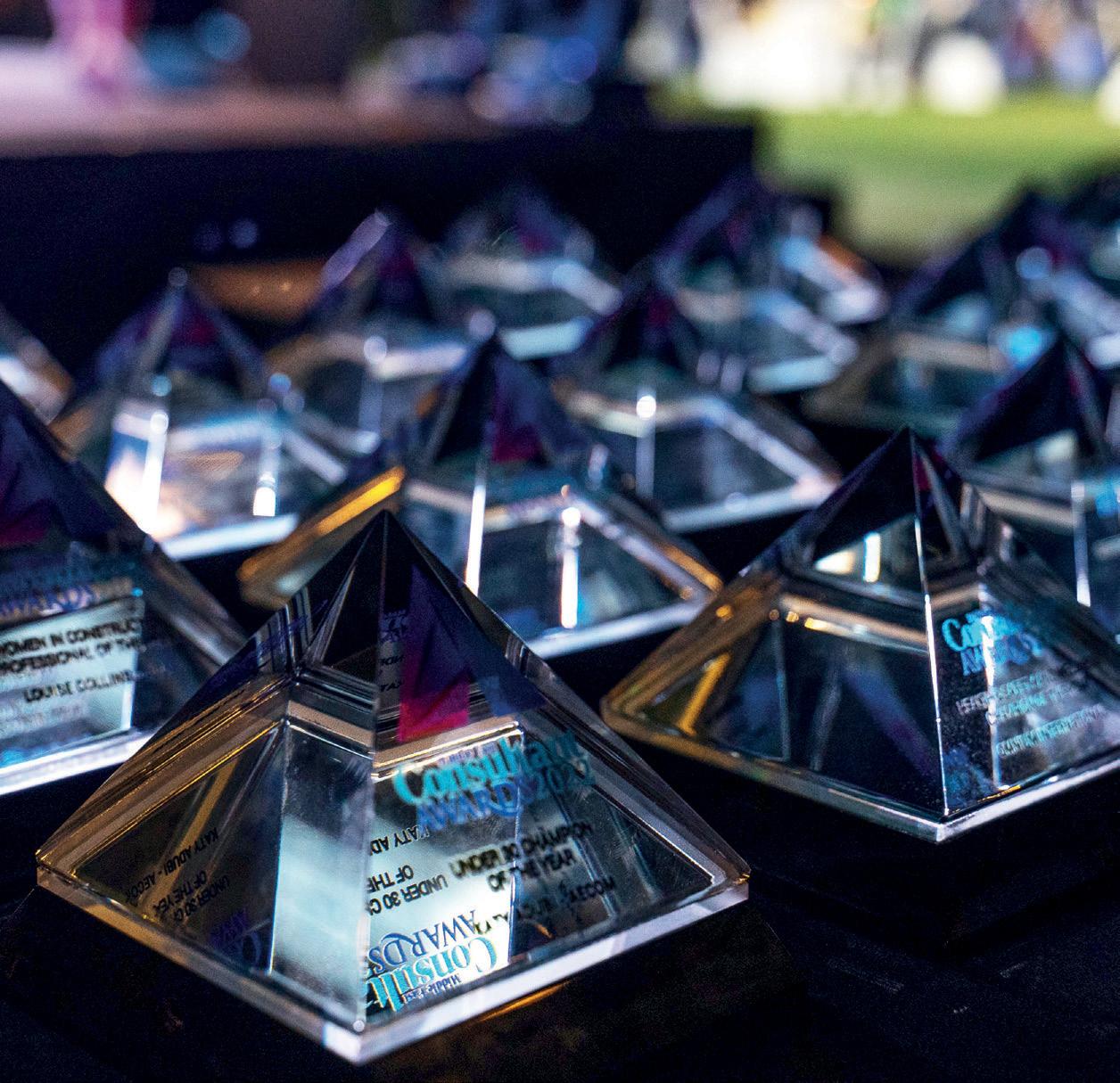
JLL’s Samit Sheth is a pioneer of design-thinking and usercentric solutions in the ‘proptech’ market. Here, he comments on the opportunities that the new methodologies are set to bring… In Practice

What are the factors driving a major architectural practice? Since Dewan Architects + Engineers recently won the coveted ‘Architectural Company of the Year Award’ at the ME Consultant Awards, who better to ask than the company’s CEO, Ammar Al Assam?
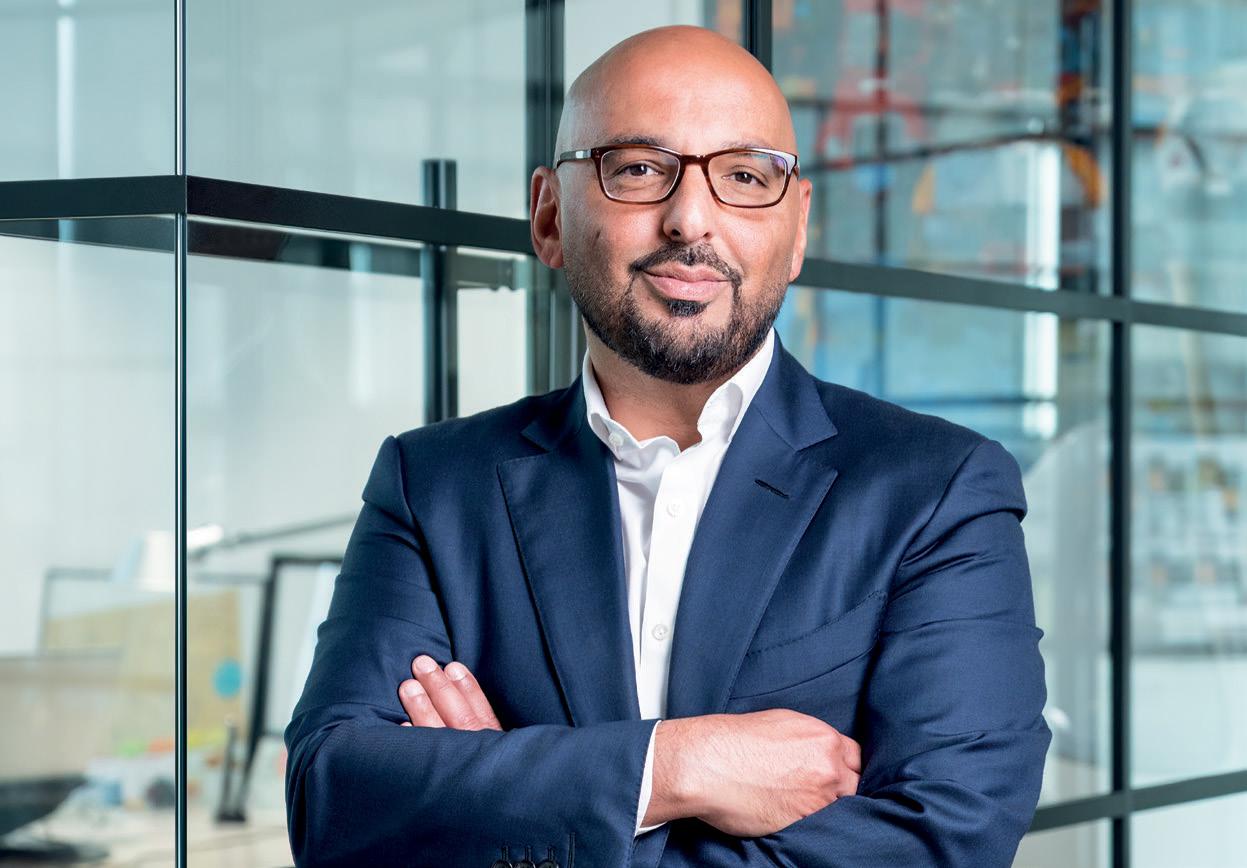

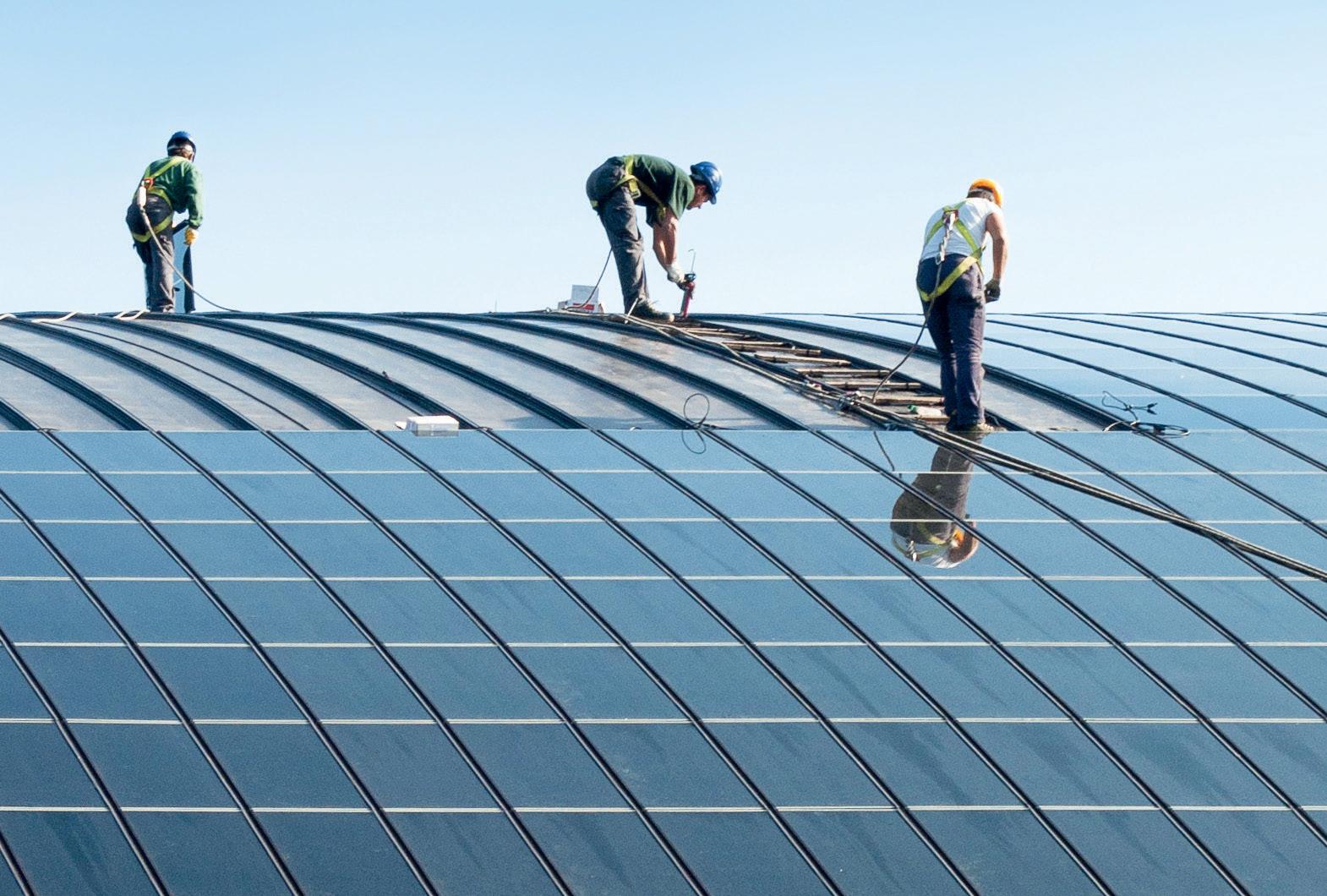
ME Consultant spoke to Sarmad Fakhri, Managing Director, Kingspan Insulation Middle East, about the ambitions, challenges and opportunities facing the well-known solutions specialist

In Practice
NEB has been a driving creative force behind many of Dubai’s grandest landmarks. So, where better to start in order to get a snapshot of current trends at the beginning of 2023? The company’s Senior Interior Designer, Razan Najee, addresses a number of the most topical trends…
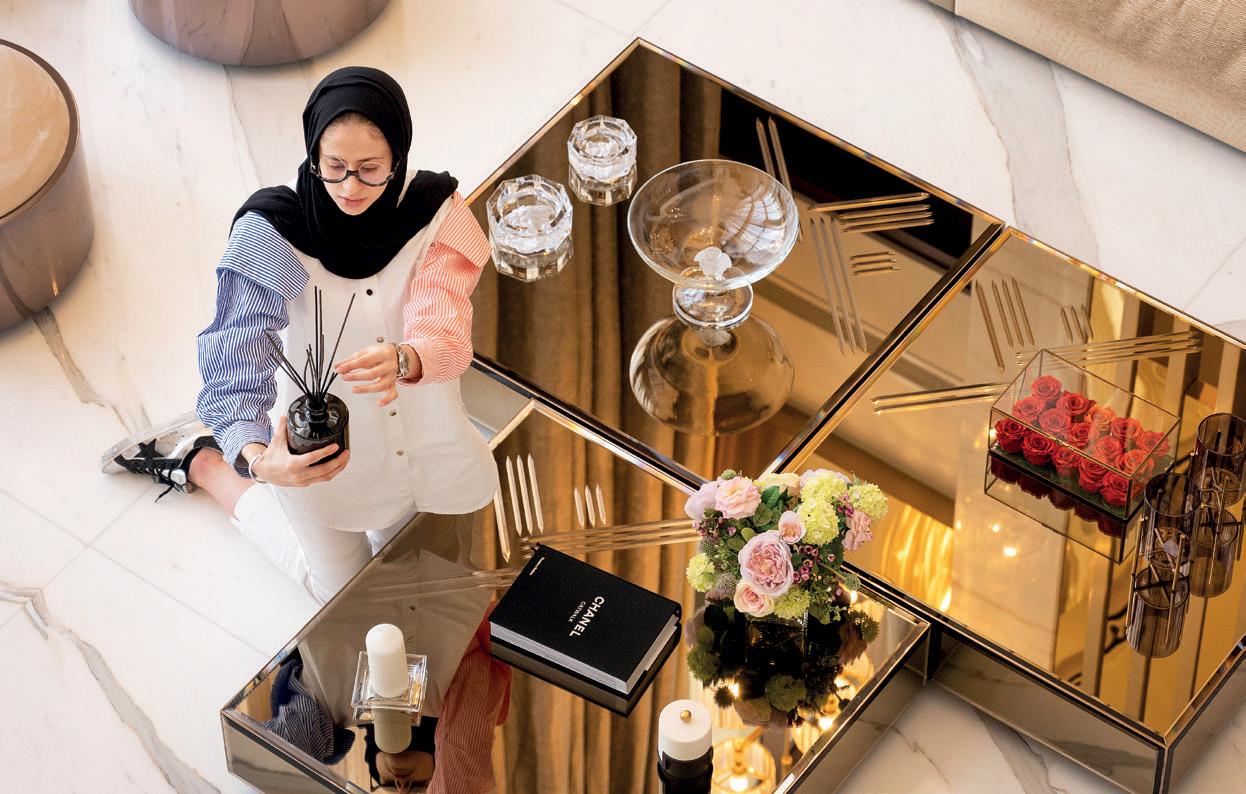
Margarita Huaca, Engineer & Sustainable Development specialist, ENERNOUVA, speaks about the troubled relationship between Energy Efficiency/Sustainability/Net-Zero in the GCC
Romi Sebastian outlines one of the most critical and volatile aspects of consultancy management - how to go about officially reviewing the end of the work

Why the Construction Sector can Still be an Eco-champion
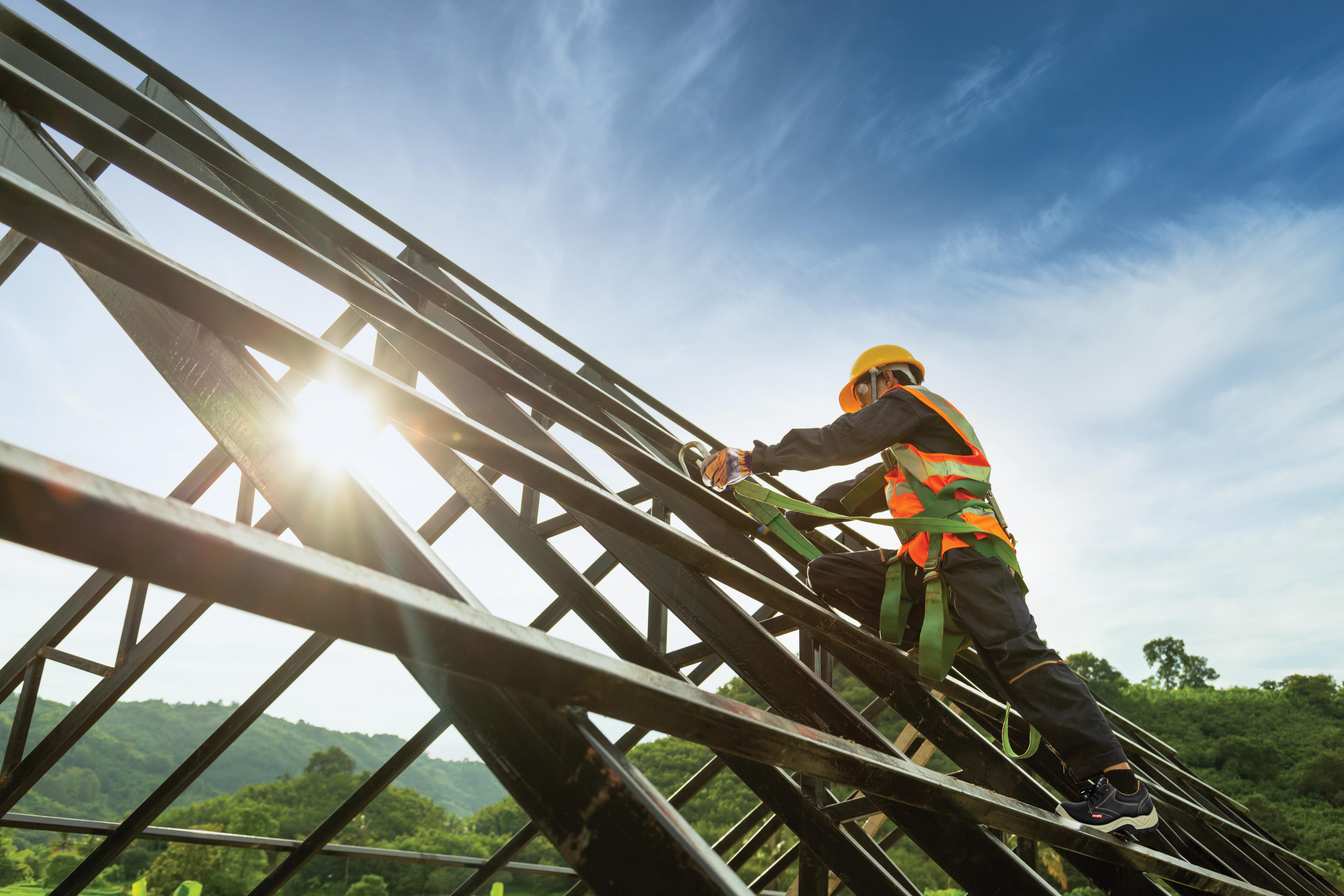
We begin 2023 with the UAE very much at the centre of the fall-out from the geopolitical storm currently impacting eastern Europe. So we see the influx of the uber-rich pushing the prices of up-scale real estate ever-higher - demand looks set to far exceed supply in the months ahead - while the deep pockets of this demographic can only be a very good thing indeed for the luxury retail and lifestyle sectors. Yet the same events are having mixed connotations for other aspects of the Construction and development sectors, not the least the rising cost of steel imports pushing the price of rebar higher (reaching epic proportions back at mid-year), bad news indeed for one of the few markets favouring reinforced concrete as the primary component of super-tall construction.
These conflicting dynamics - and a good deal more besides - will form the thread of discussion at an important forthcoming event: the C-Suite. Taking place on 22nd February,
this will bring together 11 CEOs from differing sides of the industry and invite their comment and prognosis on the most likely macro- and micro-economic factors impacting consultants in the GCC’s Construction sector in 2023. Expect some real surprises here: the last time I put an event of this type togetherthe Intelligence Report, back in 2016 - there were some completely astonishing dialogues and conclusions, whereby I realised the insurmountable value of attracting a cluster of very senior and experienced figures and simply letting them interact.
Other key debates featuring in the C-Suite will include the impact of the new AIled technologies and the style of generative software that’s now available: things are removing so swiftly here that - as AESG’s Steve Coombes mentioned to me recently - there’s not even a relevant user manual to follow! I’m also very interested in pursuing whether or not the current crop of Saudi giga-projects can actually (ever) be completed on time and the impact that sucking away so many materials and resources from the regional supply chain will inevitably have on developments elsewhere? Are we creating a ‘false dawn’ here? Again, the very talented CEOs around the table will be sure to tell us!
Group
MANAGING DIRECTOR RAZ ISLAM raz.islam@cpitrademedia.com +971 4 375 5471
MANAGING PARTNER VIJAYA CHERIAN vijaya.cherian@cpitrademedia.com +971 4 375 5713
DIRECTOR OF FINANCE & BUSINESS OPERATIONS
SHIYAS KAREEM shiyas.kareem@cpitrademedia.com +971 4 375 5474
PUBLISHING DIRECTOR ANDY PITOIS andy.pitois@cpitrademedia.com +971 4 375 5473
EDITOR PAUL GODFREY paul.godfrey@cpitrademedia.com +971 4 375 5470
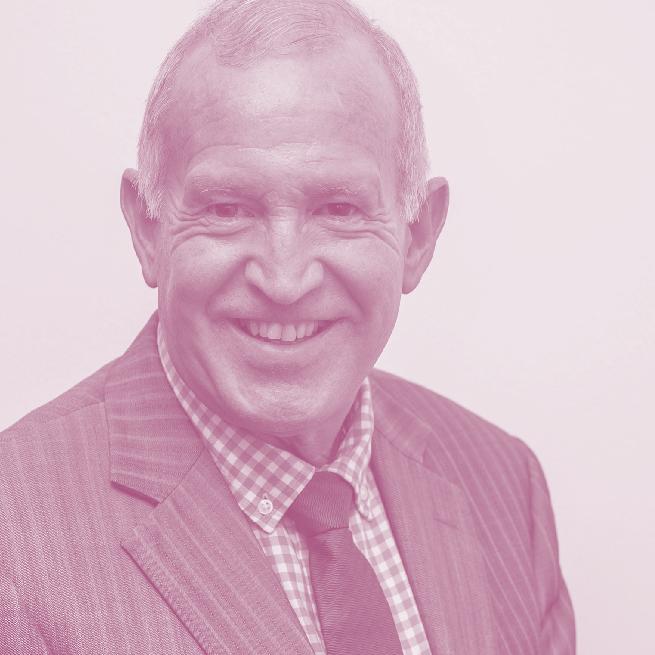
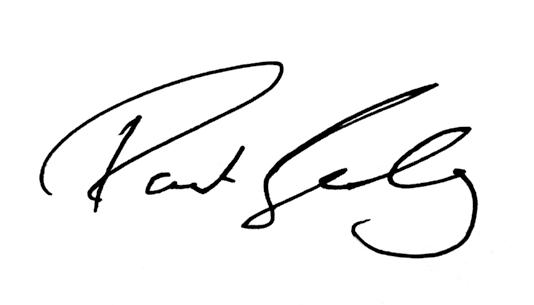
ART DIRECTOR SIMON COBON GRAPHIC DESIGNER PERCIVAL MANALAYSAY PHOTOGRAPHER MAKSYM PORIECHKIN
DATA & PRODUCTION MANAGER PHINSON MATHEW GEORGE phinson.george@cpitrademedia.com +971 4 375 5476
EVENTS EXECUTIVE MINARA SALAKHI minara.s@cpitrademedia.com +971 4 433 2856
SOCIAL MEDIA EXECUTIVE DARA RASHWAN dara.rashwan@cpitrademedia.com
ABDUL BAEIS UMAIR KHAN FOUNDER DOMINIC DE SOUSA (1959-2015) Published by
The
Editor, Middle East ConsultantCPI Trade Media. PO Box 13700, Dubai, UAE. +971 4 375 5470 cpitrademedia.com
© Copyright 2023. All rights reserved.
Office Location: Millennium Plaza Tower 14th Floor, Sheik Sayed Road P.O.Box 26290, Dubai, UAE www.intertek.com
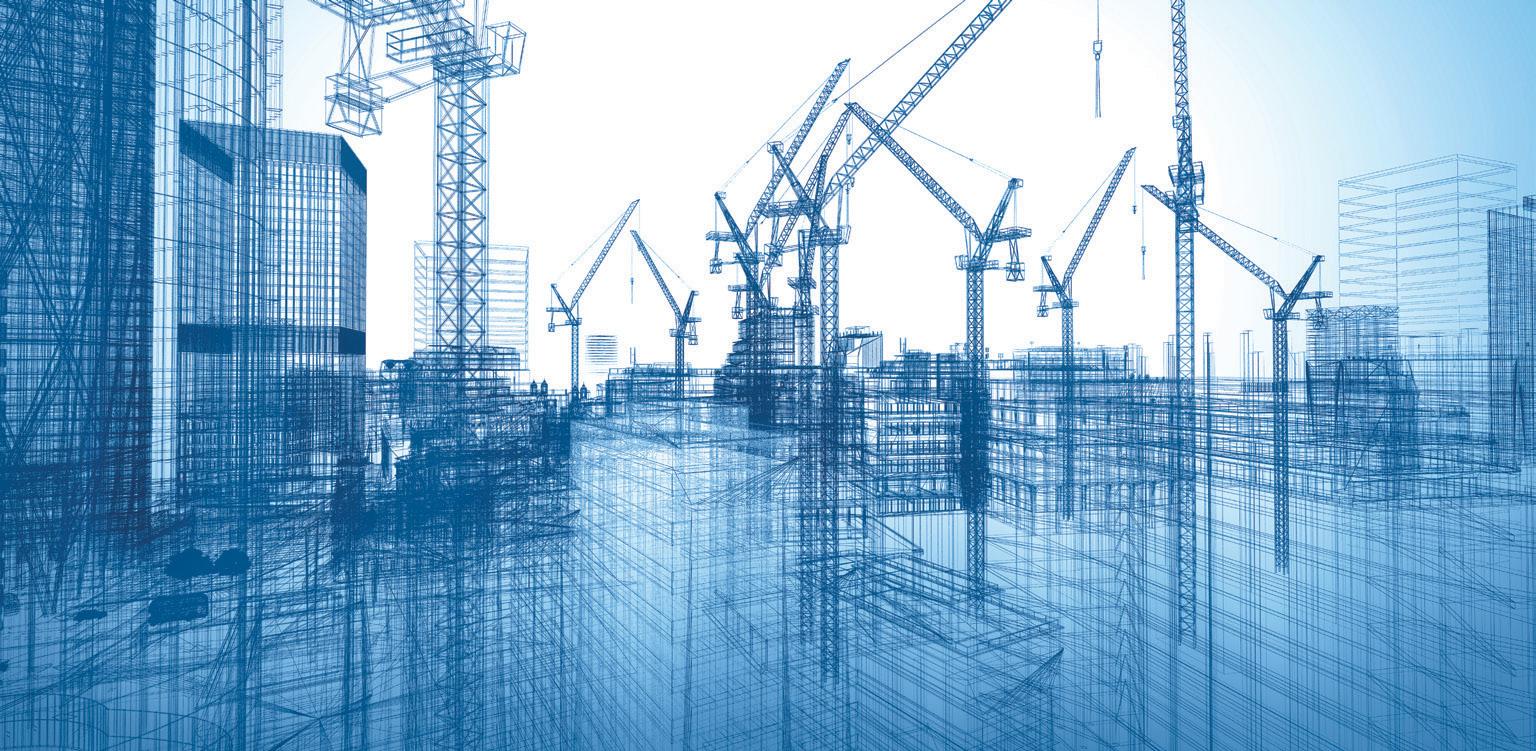


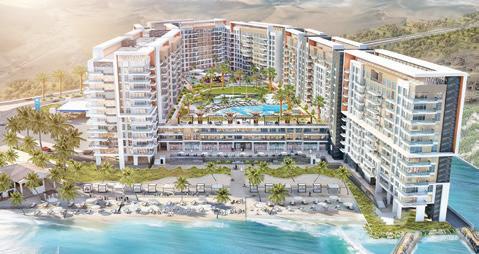
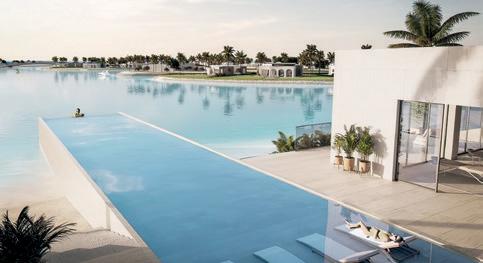
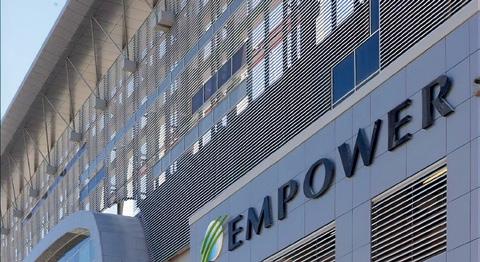


Sheikh Mohammed bin Rashid launches the Dubai Economic Agenda ‘D33’
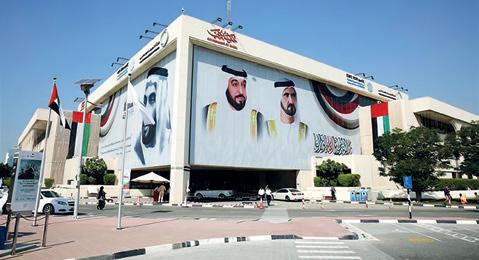
The agenda outlines economic targets of US$8.71tn over the next 10 years as well as the rollout of key initiatives to double the size of Dubai’s economy
CONSTRUCTION dnata breaks ground on $14mn cargo warehouse in Iraq

The air service provider says it provides quality and reliable ground handling, cargo, catering and retail services at over 120 airports in 19 countries
CONSTRUCTION
DEWA says 58.4% of work completed on $387mn Hatta Hydroelectric Power Plant

The 250MW plant is said to be the first of its kind in the Gulf region and has a lifespan of up to 80 years

Bahrain invites developers to bid for construction of 700 residential units
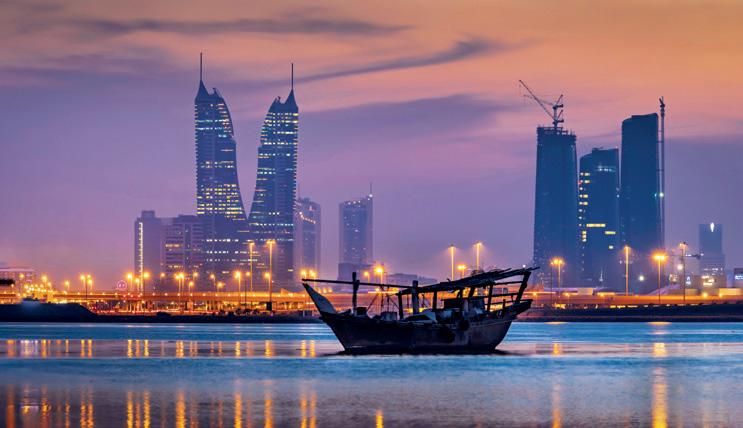


The homes will be built under the Government Land Development Programme and consist of three separate tenders for leading developers
Arada completes work on US$190.5m Nest in Aljada
Premium, purpose-built housing cluster will feature 2,473 fully furnished dormitories spread over 12 apartment blocks
AMF: Construction sector worth $187bn to regional recovery, KSA leading the way

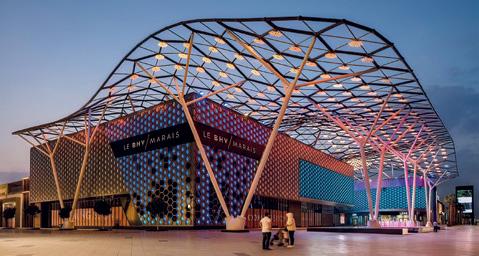
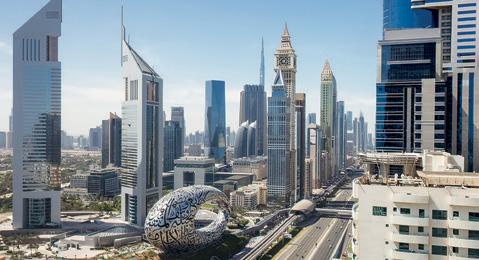
Over two million smart metres installed says DEWA
ur 40th Anniversary”, says Assam, “completely crept up on us; we’re so consistently busy it wasn’t something that we were able to give a great deal of thought or pre-planning to. Yet of course, it’s an occasion where you reflect and take stock. My father, who founded the company in 1984, came to the UAE from Iraq with $100 in his pocket - and found, like so many since, that this can truly be a land of opportunity. I compare it to New York in the 1920s - when you could arrive in the city with nothing, and with the right mindset, the sky was the limit. I believe you can really feel
the energy here in Dubai; very little has changed in that respect except that the energy and the opportunities have multiplied.
“In terms of whether the company has changed, well, of course, we have grown exponentially; we’re not a small business now, but a fully-fledged corporate, with 500+ staff. But I think that in our growth, we want, firstly, to celebrate the legacy of my father, who built a great foundation for our firm; and then, of course, to celebrate the future. It’s true that now, we are changing fast: when I look back, so much has evolved even during the last 10 years: our aspirations, confidence and of course, our vision of who we are going to be.
“We have always looked for organic growth, but recently, we started asking the question “how should we best grow?’ So we started working with a specialised management consultancy to help us manage the process, gather the information from everyone and come up with a targeted strategic business plan. For us, this is
critical time in our evolution and I believe strongly this is the right moment for good growth opportunities. For example, while our roots will always be here in the UAE, we started looking at some prime international markets for expansion, and identified Vietnam, Cambodia and Thailand as our priorities for growth. We decided to go to Vietnam first. Everyone calls it the ‘Germany of SE Asia’, because the people are very pragmatic, very committed, very hardworking. I should also add that there’s no doubt that experience here in Dubaiwith all its incredible achievements - brings great cachet when entering new markets. We’ve already completed a cluster of major projects through our Ho Chi Min office, and I believe this will continue in strength.
“When I think about our quest for growth and expansion, it’s true that in looking for this growth, we have a business dimension that isn’t very common with design firms here in the region, who tend to remain local. But we have global ambitions to be a multi-dimensional services provider that is home-grown out of the UAE and expanding Eastwards and Westwards. We strongly believe we have the experience, the legacy and the ambition to successfully carry this out.
What about the core values that Assam’s father brought with him all those years ago? “It’s interesting”, reflects Assam, “that we still believe, like he did, that you are only as good as your last client project. We may have 500+ people, but our fundamentals are the same: we want to ensure we service our clients properly and take the time to make sure that we are on the right path for our future ambitions. Always remember this: you’re only as good as your last project: you
What are the factors driving a major architectural practice? What are the ambitions, commitments and technologies that make for a cohort leader? Since Dewan Architects + Engineers recently won the coveted ‘Architectural Company of the Year Award’ at the Middle East Consultant Awards, who better to ask than the company’s CEO, Ammar Al Assam?Ammar Al Assam, CEO, Dewan Architects + Engineers.
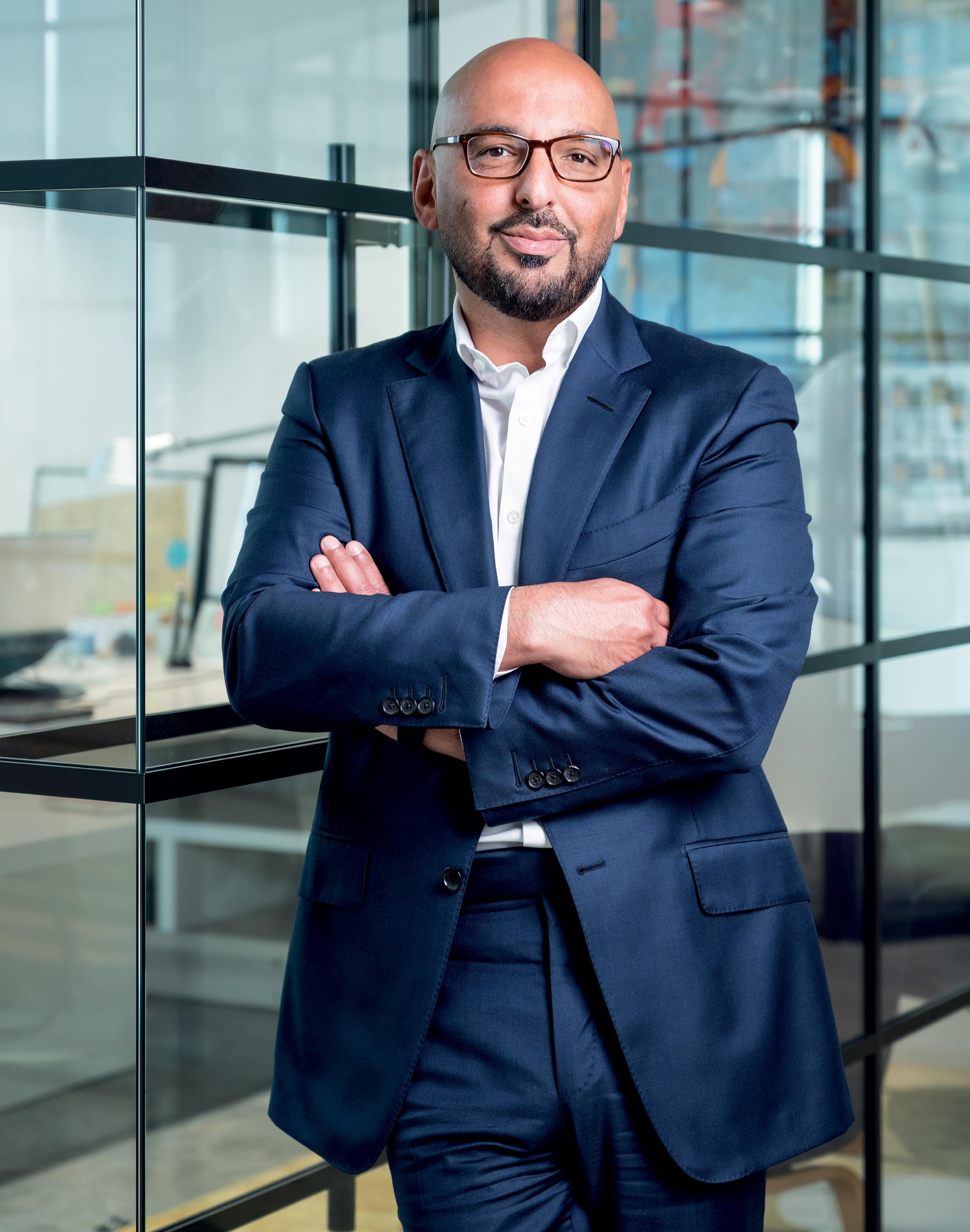
For Ammar, the Metaverse is not as yet a proven commercial entity, but remains a field deserving strong experimentation.

Metaverse we’re thinking of now, it can still be very worthwhile. We don’t know yet: but it might be something truly amazing, right?”
can forget about the last 40 years - how did you perform with your last client?
“Our attitude is that once we take a job on, we are party to a kind of ‘social contract’. It’s not so much about counting the hours so the accountants can add them all up and know exactly what to invoice. We believe that once you start it, you have a responsibility to do it as well as you can.
A glimpse at Dewan’s website will show that the company is very interested in the Metaverse. But is this already a setting for actual commercial projects? “Not yet”, comments Ammar. “The reality is that we don’t know at the moment what the commercial angles here will be. I became interested in developing our work in the Metaverse after reading an article about people who spend thousands of dollars on avatars of Nike shoes in the Metaverse! I thought “there must be something to this” and it sounded worth exploring. So I discussed things with our team, and we wanted to investigate what the potential here might be. We created our first NFT, which comprised an amazing infinite helix tower, and it’s become a kind of trade mark. It’s around this platform that, right now, we are creating our very own Metaverse. So far, we’ve designed 99 NFTs and we invite people to come and join us.
“Of course, working in the Metaverse has many advantages: you can test projects before you do them in real life, with digital twins: you can trial context, model traffic flows, analyse design strengths, and so on. There is huge potential - and although I think that when things have fully panned out, what we have might not be as trendy as the
“The Metaverse”, believes Assam, “is part of our broader holistic approach. By this I mean that we can embrace a truly 360-degree raft of skillsets and research when it comes to doing the very best client work. We’re a service-oriented business, and we believe in going that extra mile, bringing in the specialists that are necessary. For example, we are currently working on the largest water park project in the world in Riyadh, and that requires incredibly complex BIM modelling. Never mind the BIM modelling of a stationery building structure - you should try BIM modelling the dynamics of a water park that has fast-moving rides and water and multiple moving parts! This is an example of being holistic: we can encompass the skillsets that are required, as they are required. We try to cover everything from A-Z, but I believe we do so in a way that’s very client-focused and tailored to needs.
“I also think that as an architectural firm, we have to not only embrace changing trends, but actively pioneer them. So when people ask me whether the Covid years have changed the way that we design space, I often remark that many of the factors that the pandemic pointed to - like not overcrowding people, having the right hygiene and easily-sanitised materials, etc. - was something that we were already thinking about and doing.
“When it comes to the pandemic years, though, I should also add that humans have short-term memories! True, we learnt some valuable lessons: there’s no doubt that workspace design has changed a little bit. But remember, now everyone is coming back into the offices again, all the things that we thought would be important are now being surpassed by fresh priorities, as we get back to normal ways of working again.
“Nonetheless, those years did make us realise some important things commercially. Just think of all the money that companies used to waste on travel, for example. Now
When I look back, so much has evolved even during the last 10 years: our aspirations, confidence and of course, our vision of who we are going to be”
we know that in most cases, a simple Teams call is just as good or better!”
“I often find it a little odd”, remarks Assam, when people use these very topical terms like ’15-minute city’ and ‘Community hub’. I think this is a trend that has been there forever, really - it’s always been a reality to some extent. For example, just look at Dubai. It’s not one city, but actually multiple cities. Downtown is a city; Deira is a city; the Marina is a city. All of which makes sense, because I don’t want to get in the car and travel unnecessarily - I want everything to be nearby.
“One of the trends that I do notice, however, is that in Europe’s main cities
we are now seeing the emergence of local ‘village’ environments in the middle of cities. This is the right way to go, creating a sense of community and belonging at a micro level, activating localities, and enhancing commerce, people flow, and community. The flip-side of this is how to ensure economic viability and balancing the pressure of gentrification which often increases the economic value of a neighbourhood, but the resulting demographic displacement may itself become a major social issue.
“Of course, as an architectural practice, we’re very familiar with shifting human needs, living preferences, and so on. This is one of the reasons we offer a very integrated mix of services - architecture,

masterplanning, engineering, and so on. We’re well-placed to help clients re-plan and re-engineer their offer. We understand when a client is passionate about what they want: after all, as architects, we do what we do for passion - architecture is what we live and breathe.”
There’s currently much debate about the role of AI-led generative softwarepackages like Midjourney and DALL-E - and the idea that they might actually enable technology to replace architects in the not-too-distant future! Does Dewan use packages of this kind?
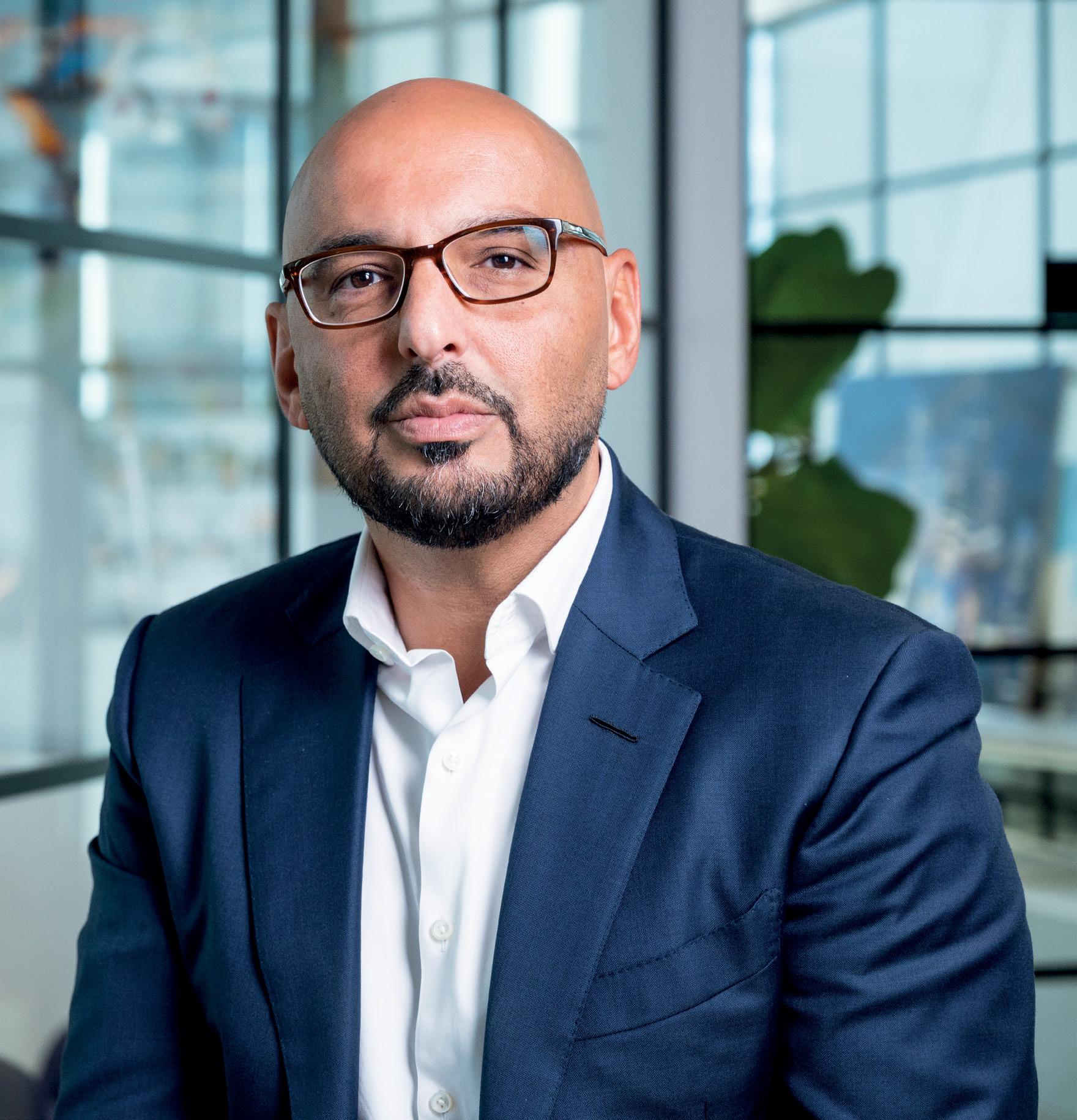
“We use some of these tools in our work”, replies Assam, “Let me explain how incredibly useful this level of technology can be. We have a big client in Abu Dhabi who wants to build 50 community malls, and if we want to do that quickly and cost-effectively, it makes sense to create a digital model and generate modular design that is fit for purpose. This then enables us to replicate the construct while simultaneously translating it across individual sites and settings. There’s no comparison between the AI-led power of how we can work today with what we were having to do manually before, for many years.
“Also, remember that - all the timecomputers are becoming exponentially much more powerful, enabling the easy manipulation of masses of data. How we use that data to build smart - and build bold, innovative (but cost-effective) structures - in the future will be a measure of all architects’ calibre; not to mention their ability to drive a changing market.”































































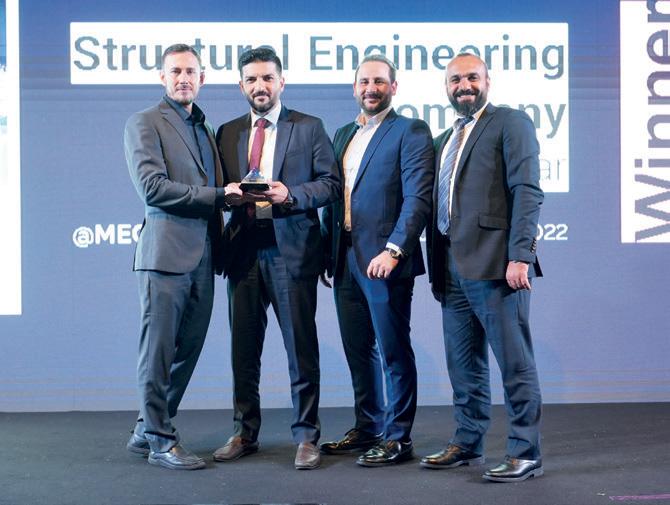
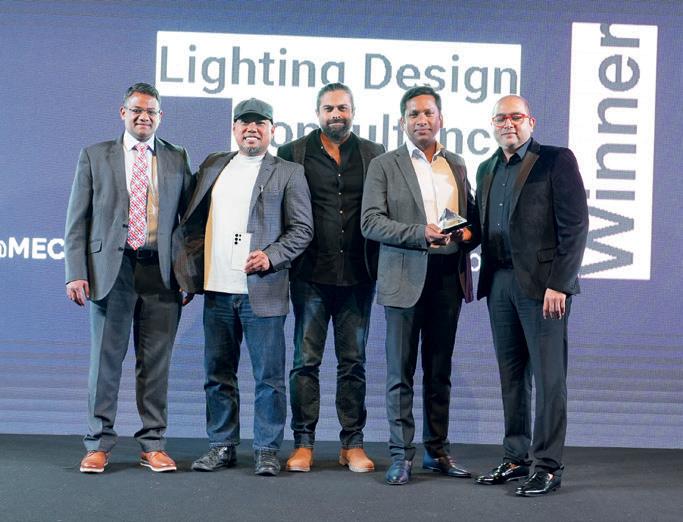
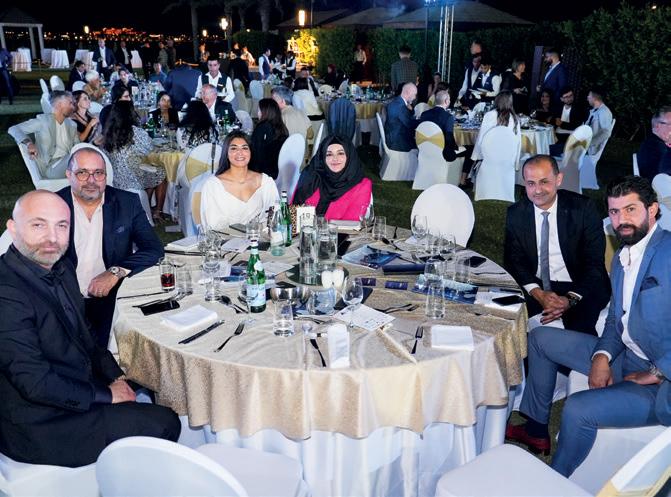
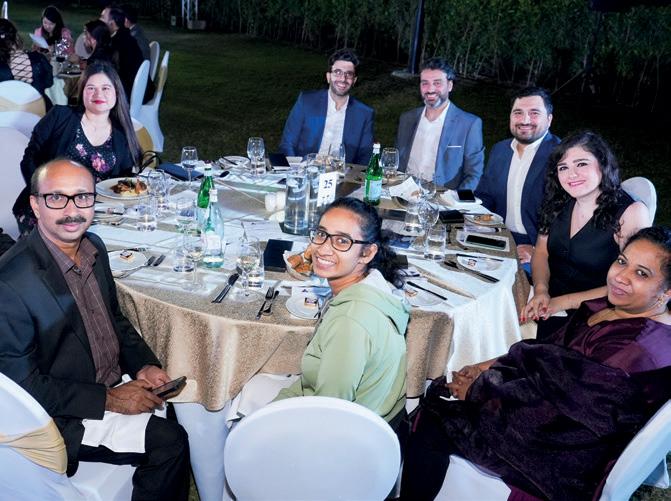

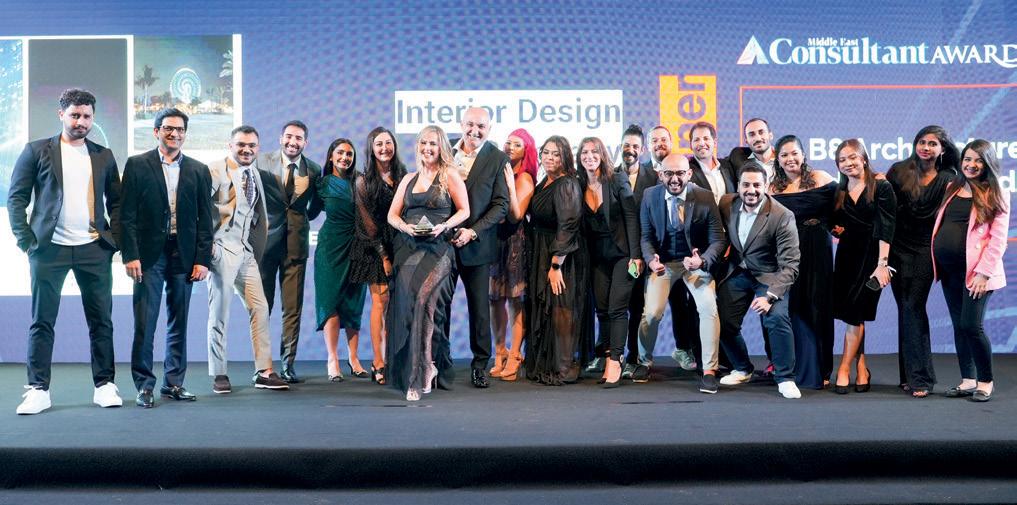

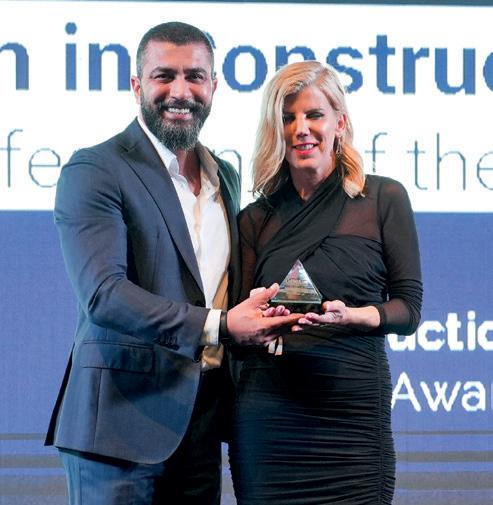




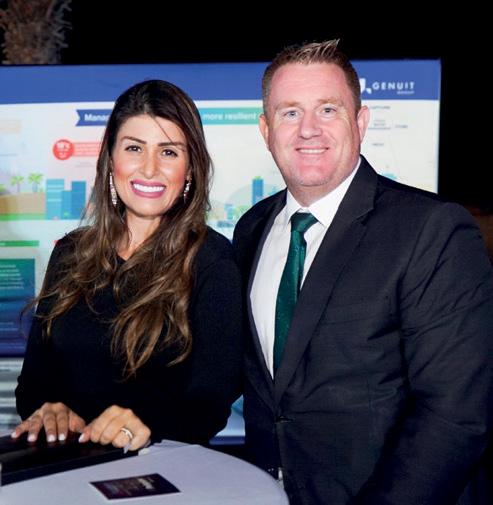

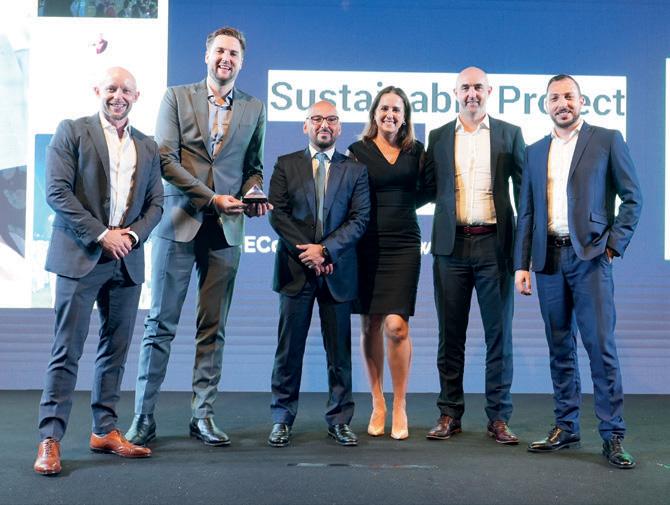
The 2022 edition of the ME Consultant Awards saw fierce competitionand a range of new winners to join some of the industry heavyweights
there was a very high quality of entries - perhaps the best yet seen, with more and more entrants showing their participation in media and world-class occasions such as COP27.
receiving a state-of-the-art Apple watch at the end of the night.
hat can you say about an event that brought together 334 guests, was the largest-ever edition of the Middle East Consultant Awards, and actually figured among the biggest business events taking place in the UAE in 2022? Held on 7th December at the Ritz Carlton JBR, Dubai, in the magnificent setting of the five-star venue’s outdoor lawns, this iteration of the Awards can best be characterised by several key features that were remarked on universally by the Judging panel, and which were as follows -
• There was extreme competition, with more and more entrants understanding that a great nomination requires serious amounts of information and supporting documents (most notably client testimonials) - and thereby giving the Judges a number of re-counts in terms of separating entries often by a hair’sbreadth.
• Particularly in the People categories,
• In the Company and Project categories, there was perhaps a lack of ‘amazing’ entries, with the vast majority focusing on tried and tested styles of project, which - while often world-class and highly competent - didn’t always reveal a dramatic creativity or inventiveness. (This may well reflect the general style of client briefs in the immediately postCovid era).
Notwithstanding, across more three hours of a dazzling gala dinner, there was to be anticipation and excitement galoreand more than few surprises!
With 23 Awards to be presented, not all were to be decided in the form of intensively-worded and documented nominations. There was, firstly, an important Editor’s Choice ‘Lifetime Achievement’ Award, given to one of the industry’s undoubted heavyweights and most formative personalities.
Then, on a more light-hearted note - and courtesy of our outstanding social media sponsor, WSP - there was also a brilliant selfie competition, with the winner
Meanwhile, for the Awards themselves, while many of the key categories were retained from the previous year’s event, there was a greater focus on factors such as Sustainability, with three key sectors now offered via sustainable-only categories. These were:
• Hospitality & Tourism
• Retail & Public Facilities
• Residential & Commercial

In today’s working climate, there simply seemed little point in awarding businesses in these areas who hadn’t put sustainability front and centre.
The Judges tasked with assessing the entries were -
• Kareem Farah - Director, ECC Group
• Margarita Huaca - Engineer & Sustainable Development specialist, ENERNOUVA
• Benoit Meulewaeter - Chief Technology Officer - BESIX 3D
• Peter Docrwa, Executive Director, G20 Summit, Riyadh
• Paul Godfrey, Head of Content, Middle East Consultant
Collectively, their decisions were destined to show that these rewards are no longer the preserve of the very big names.


























































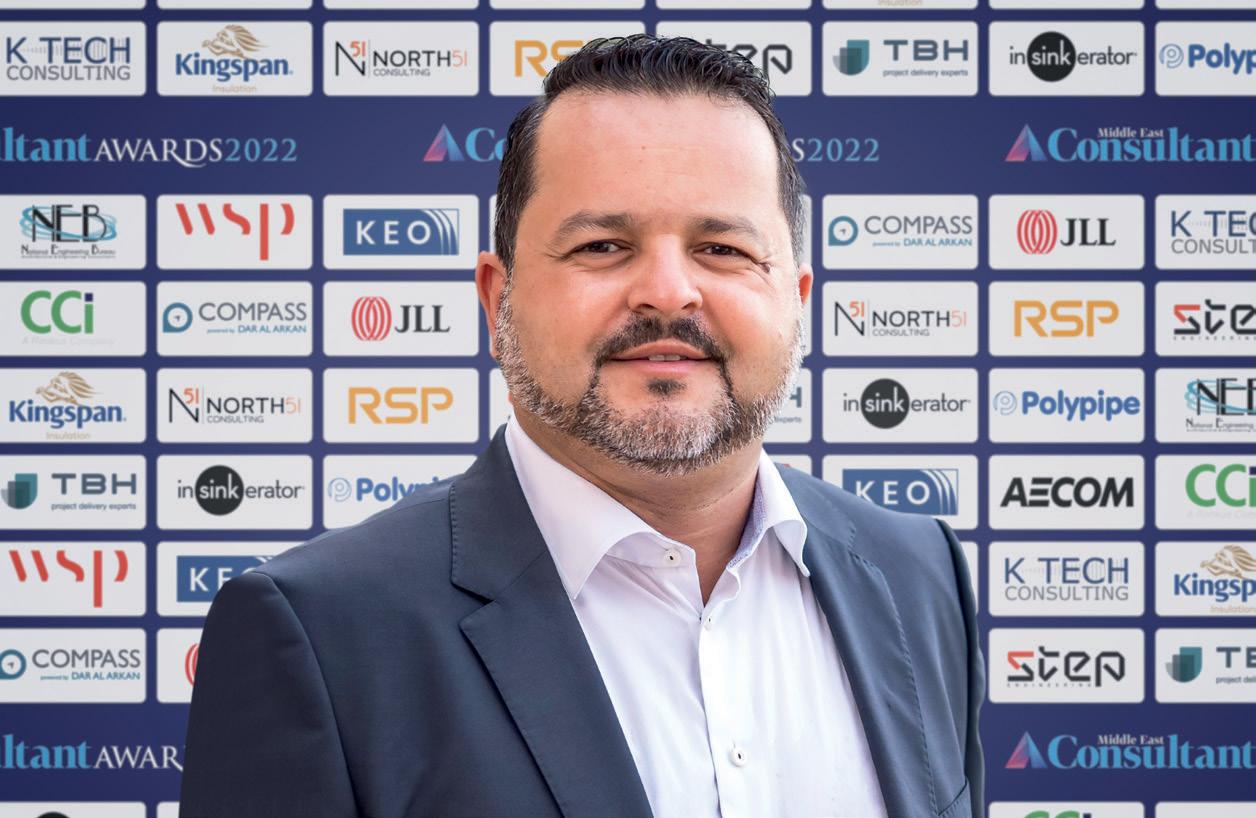
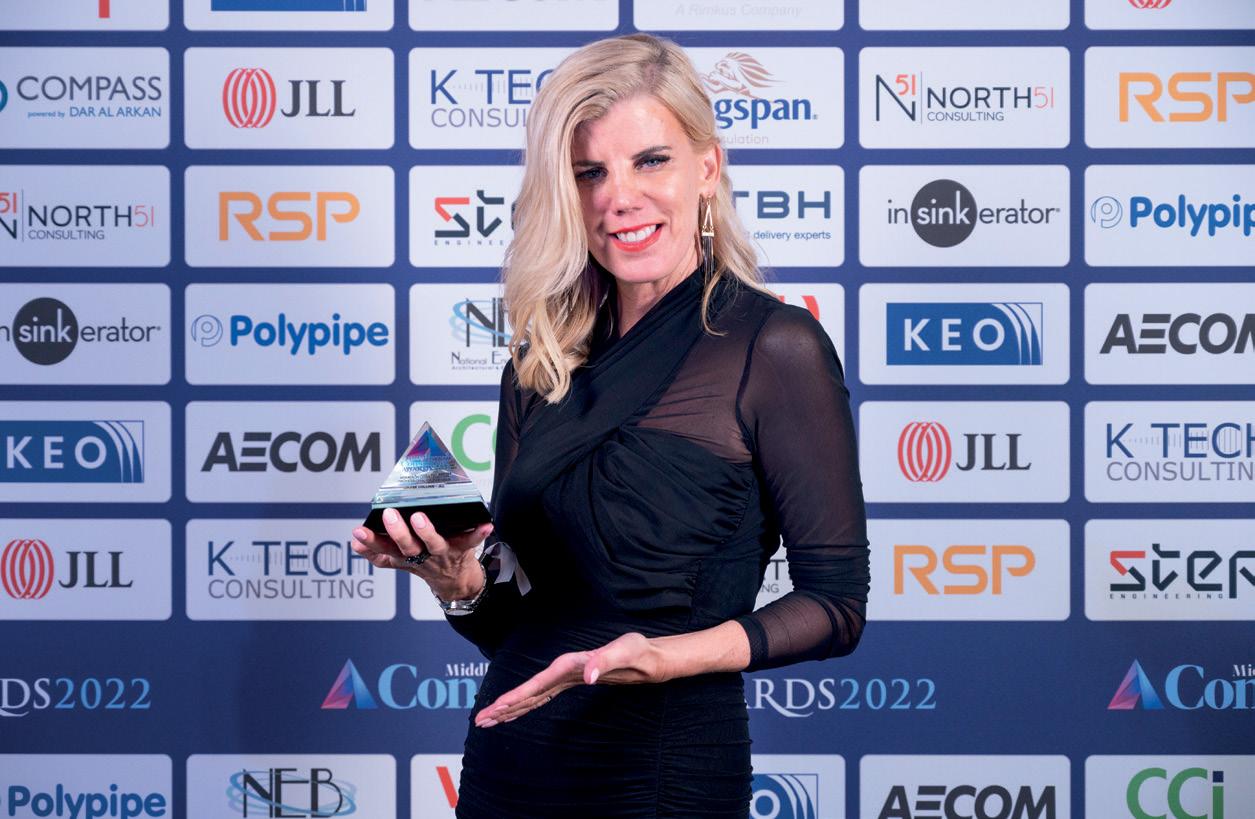
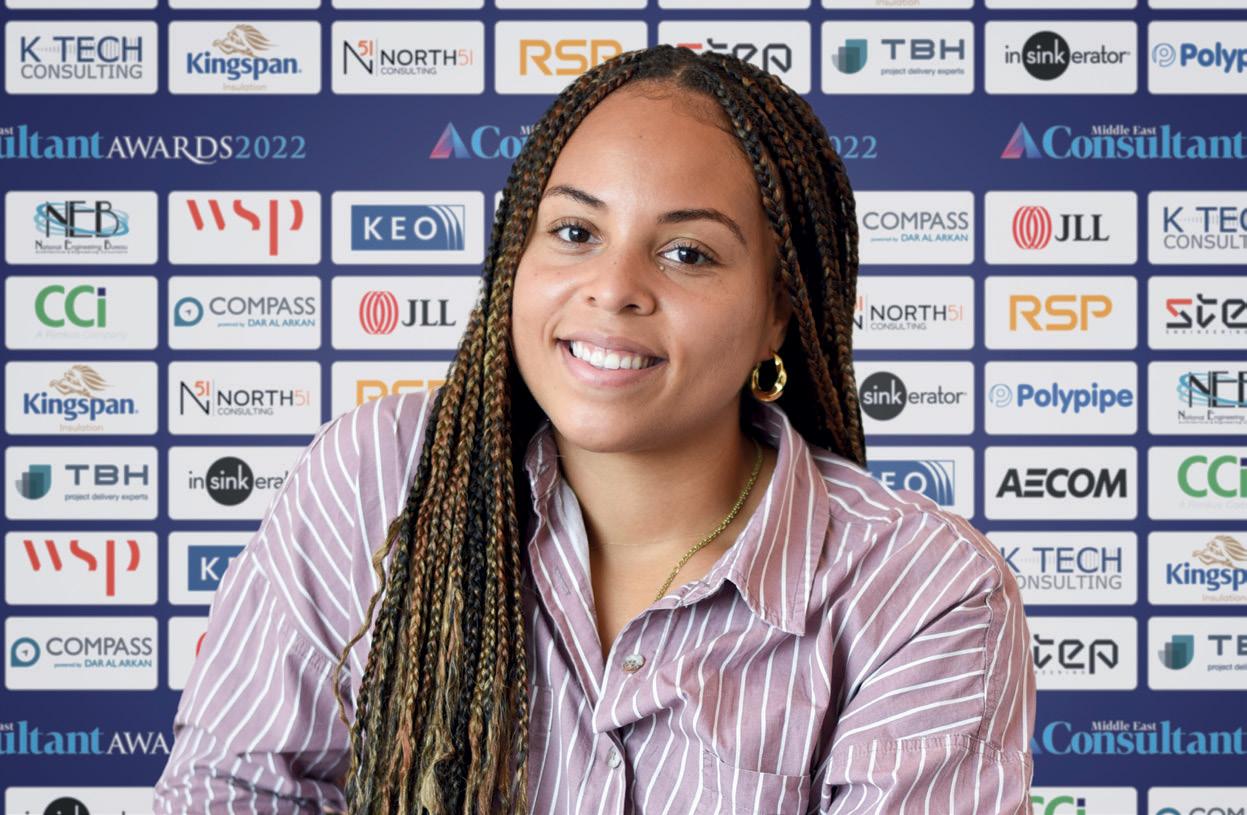


























































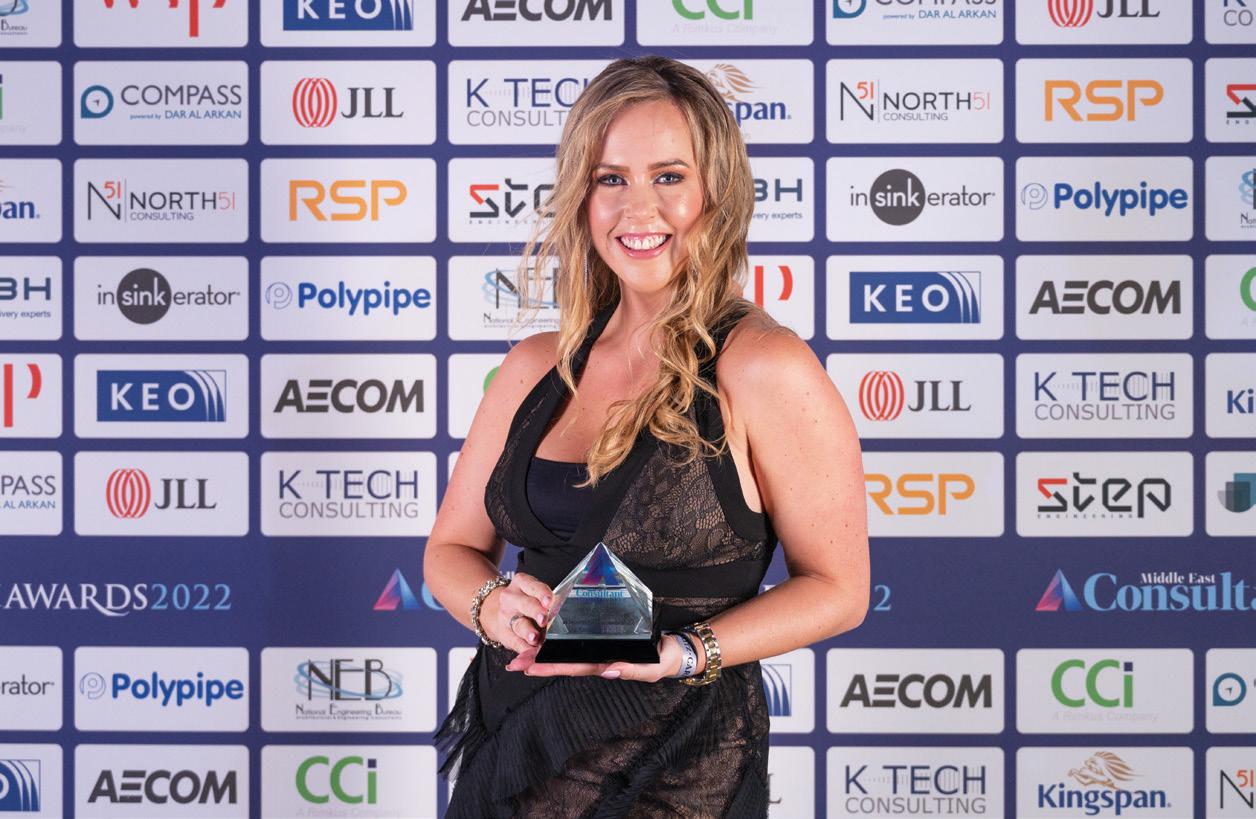




























































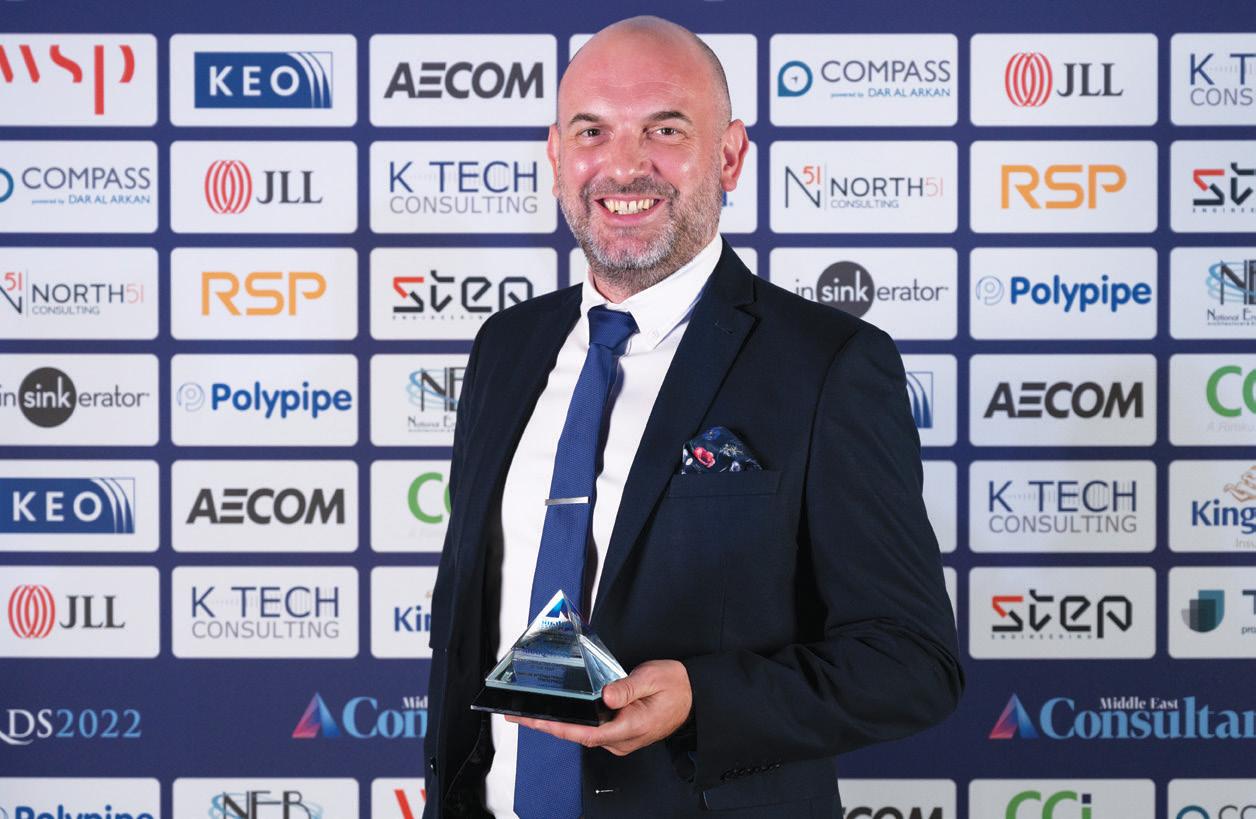
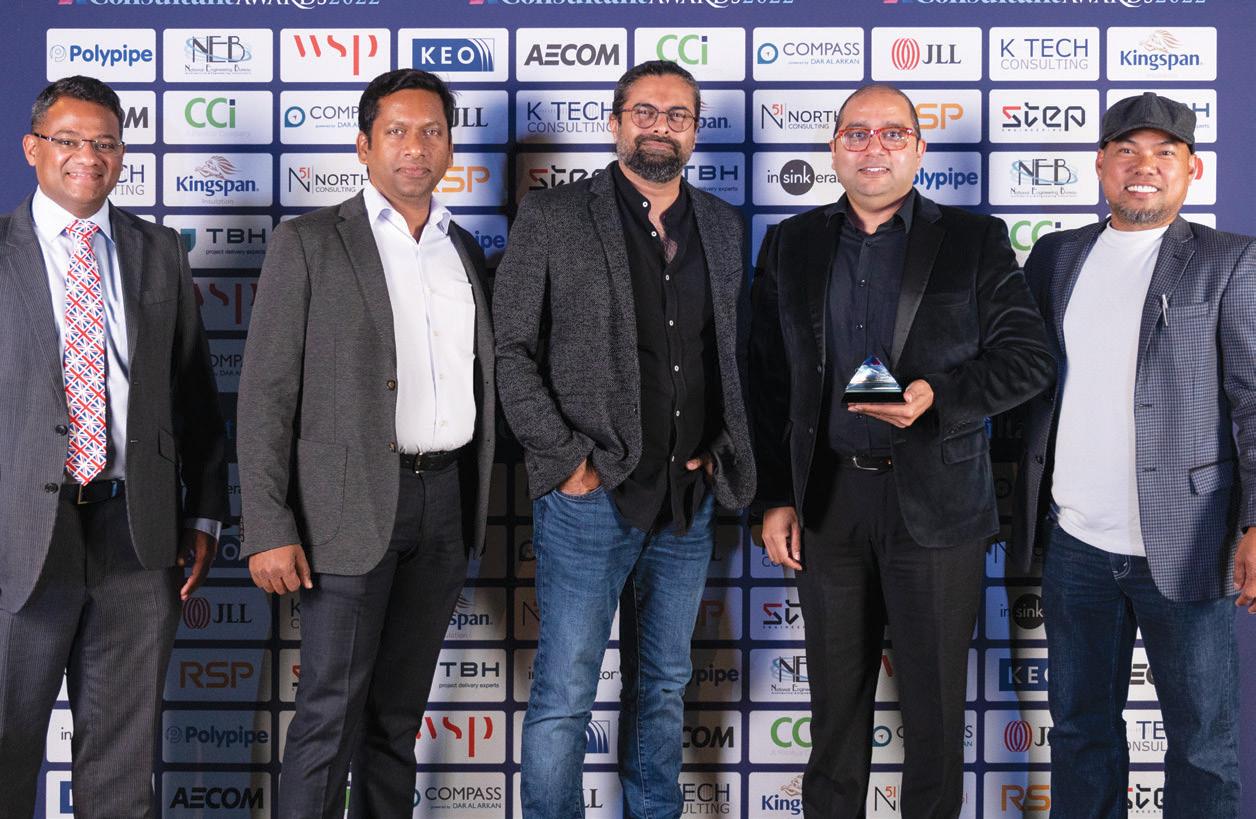
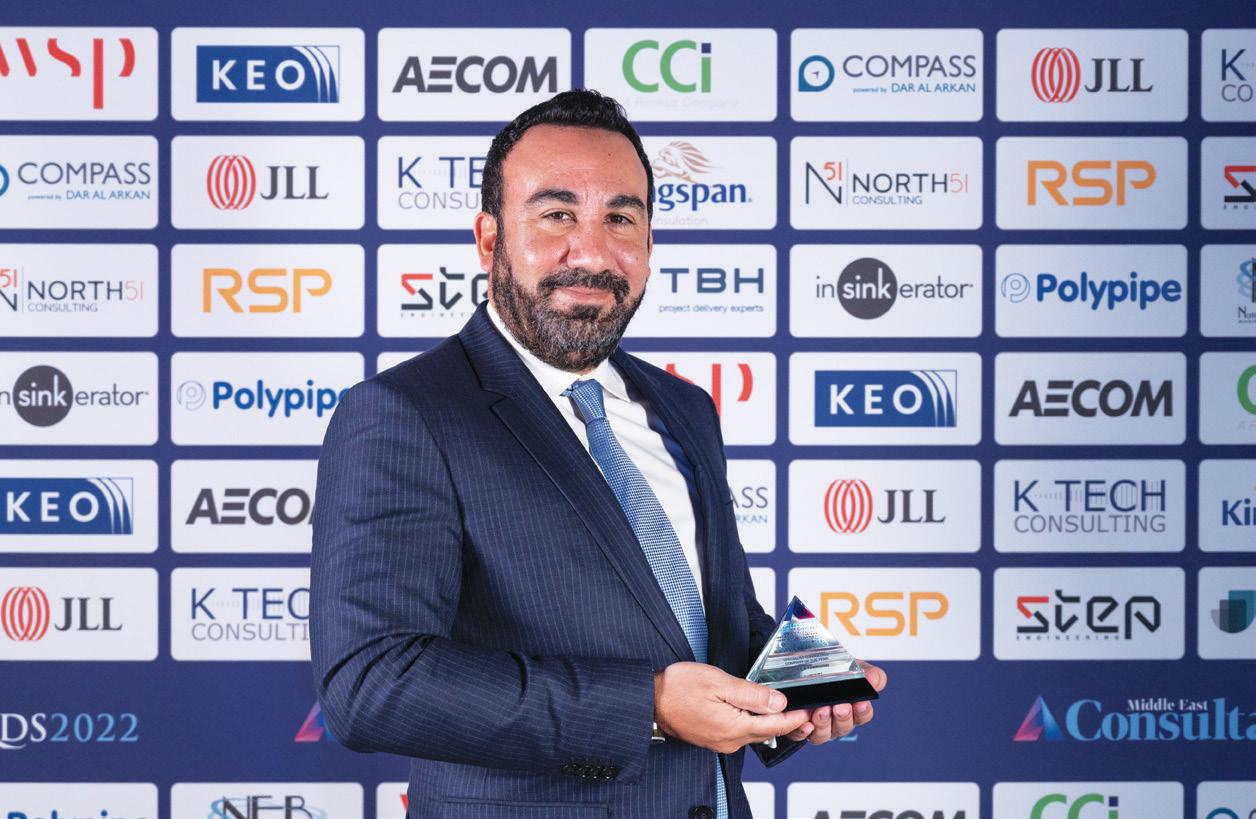

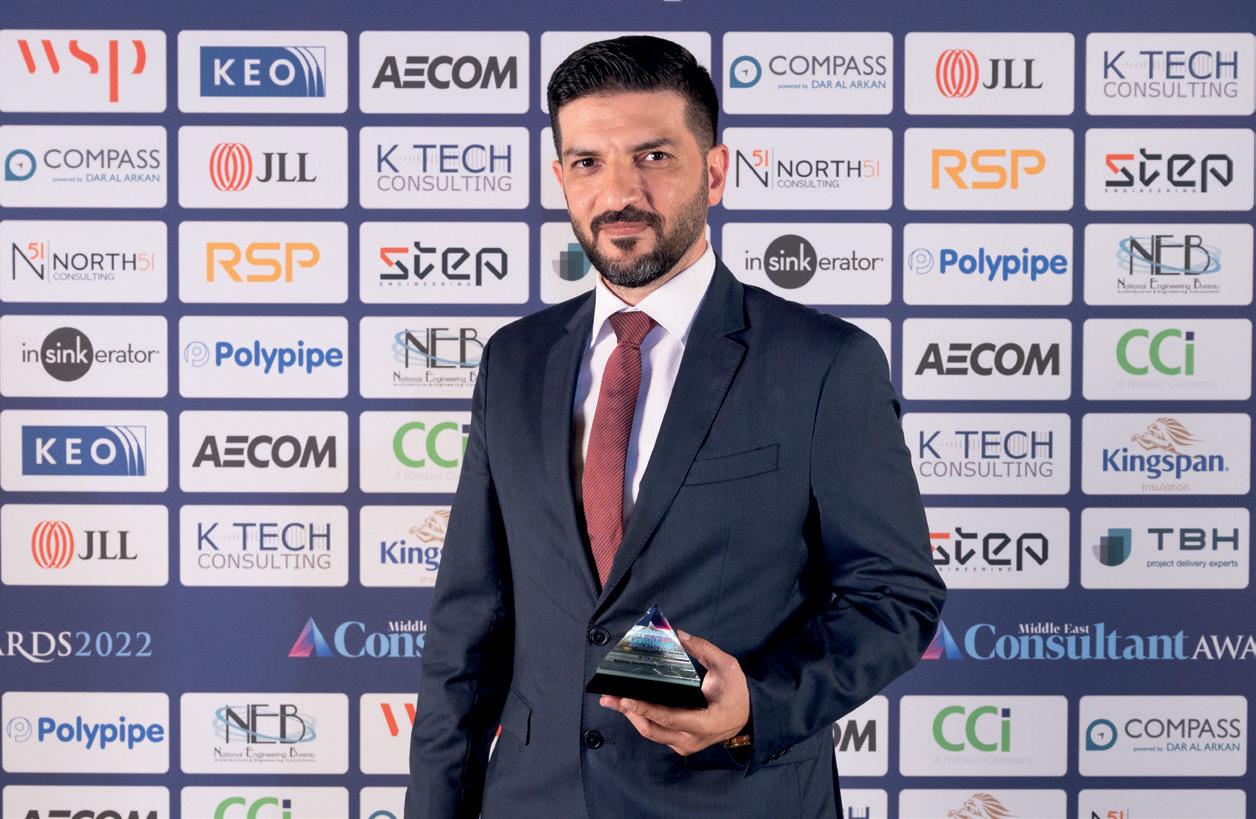
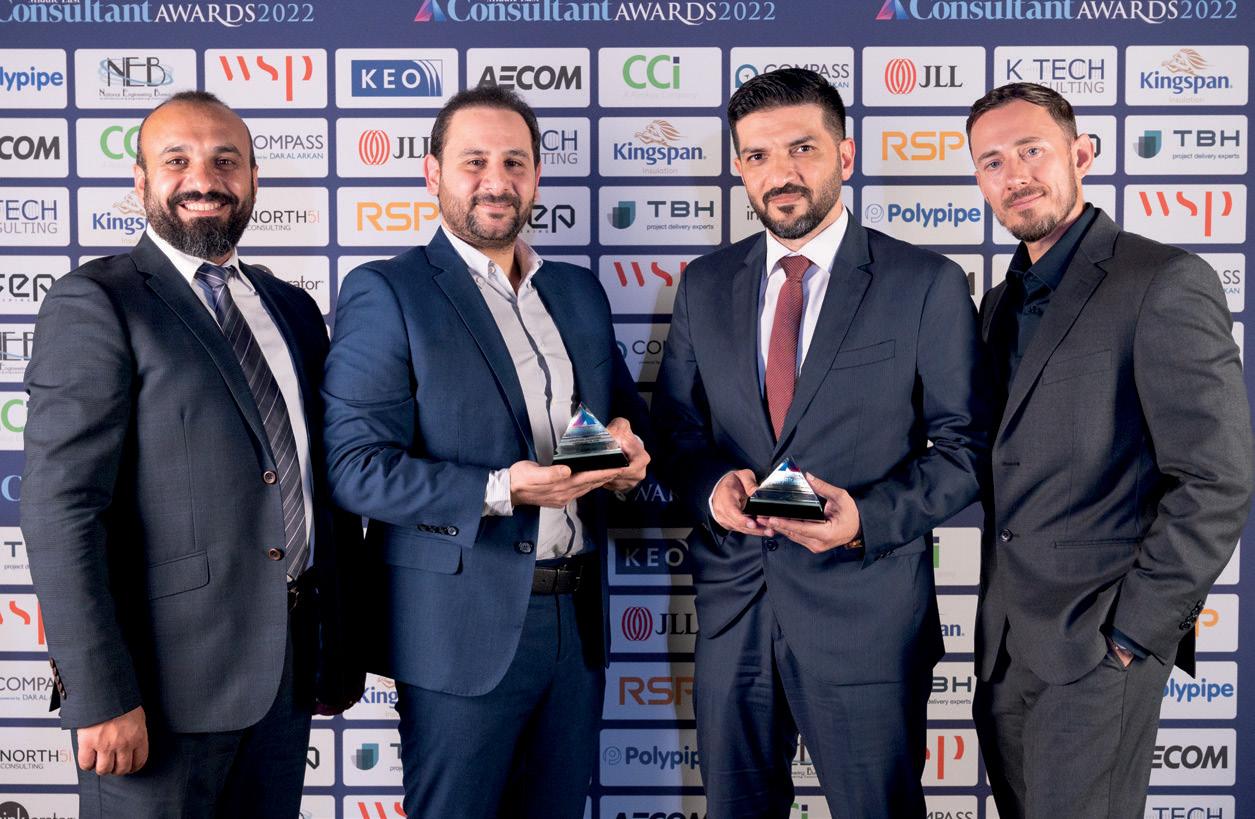
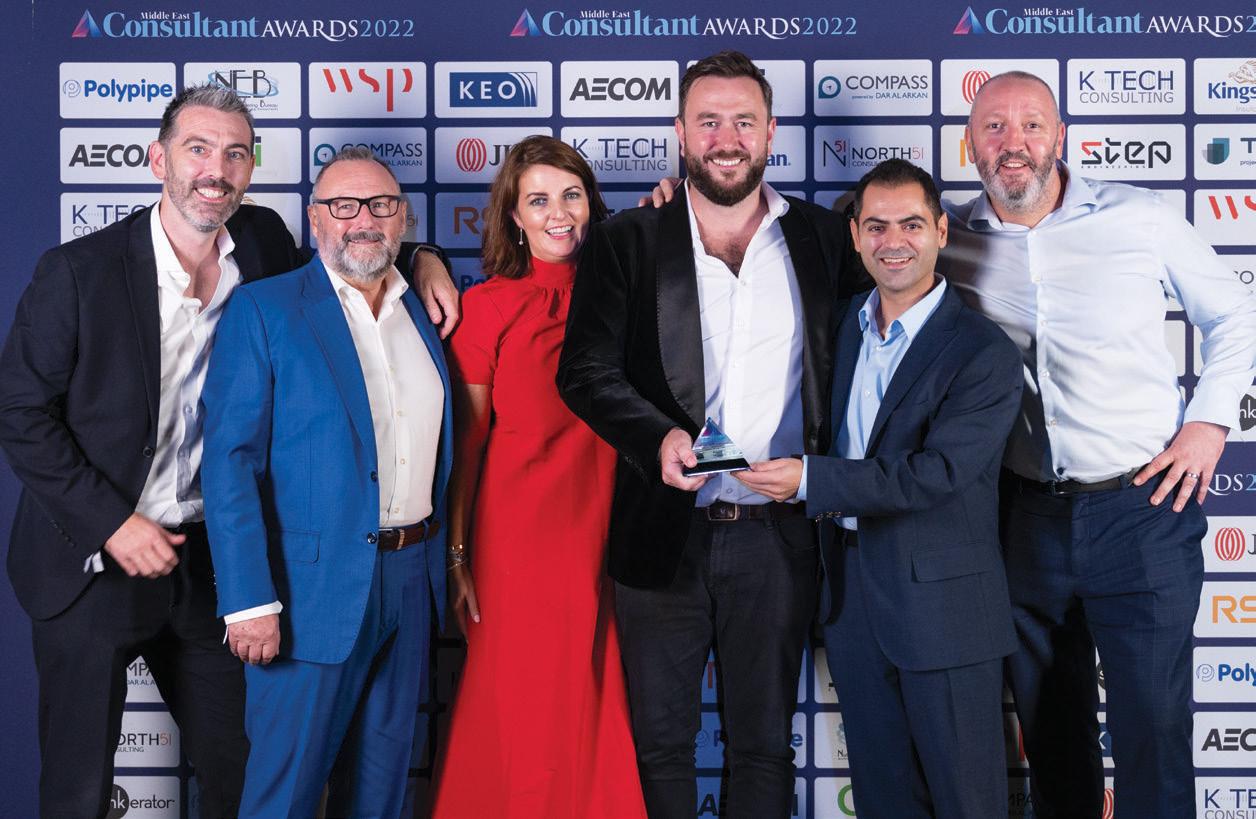






















































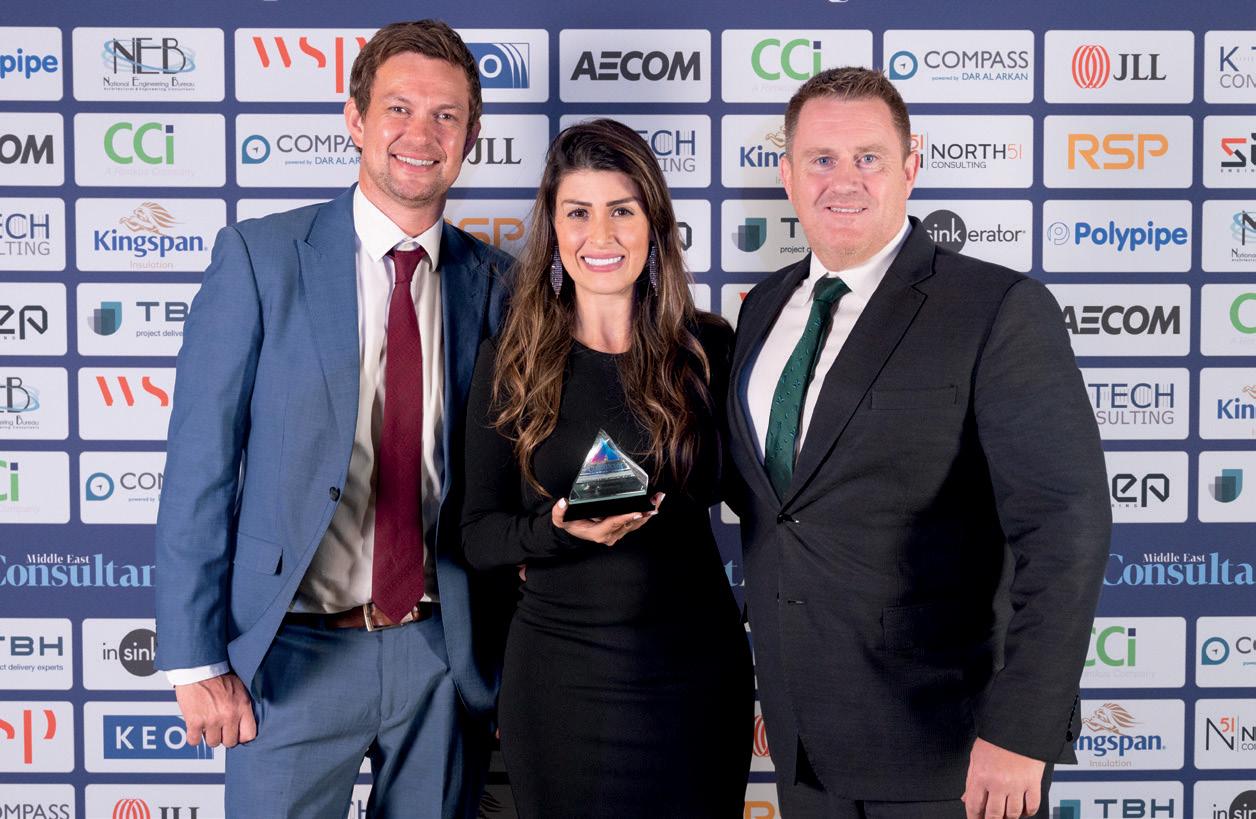
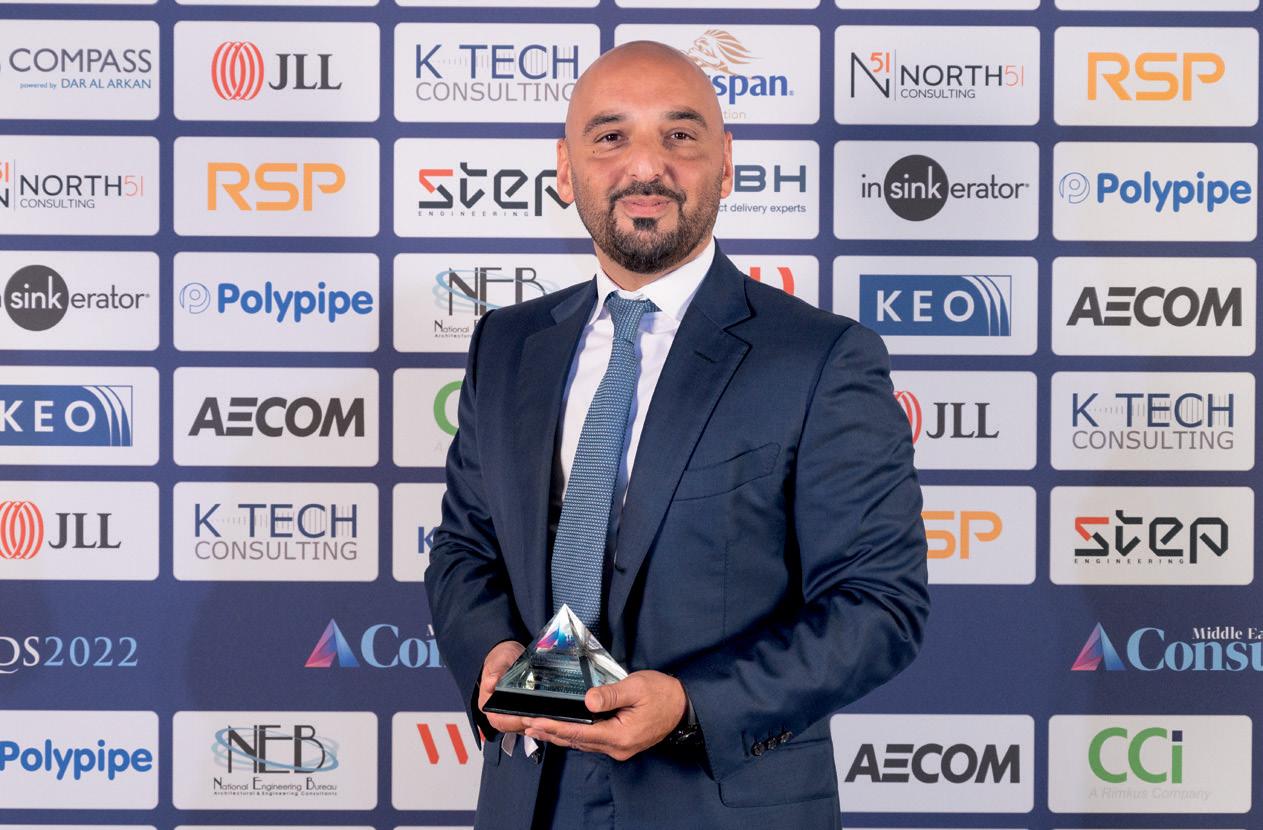


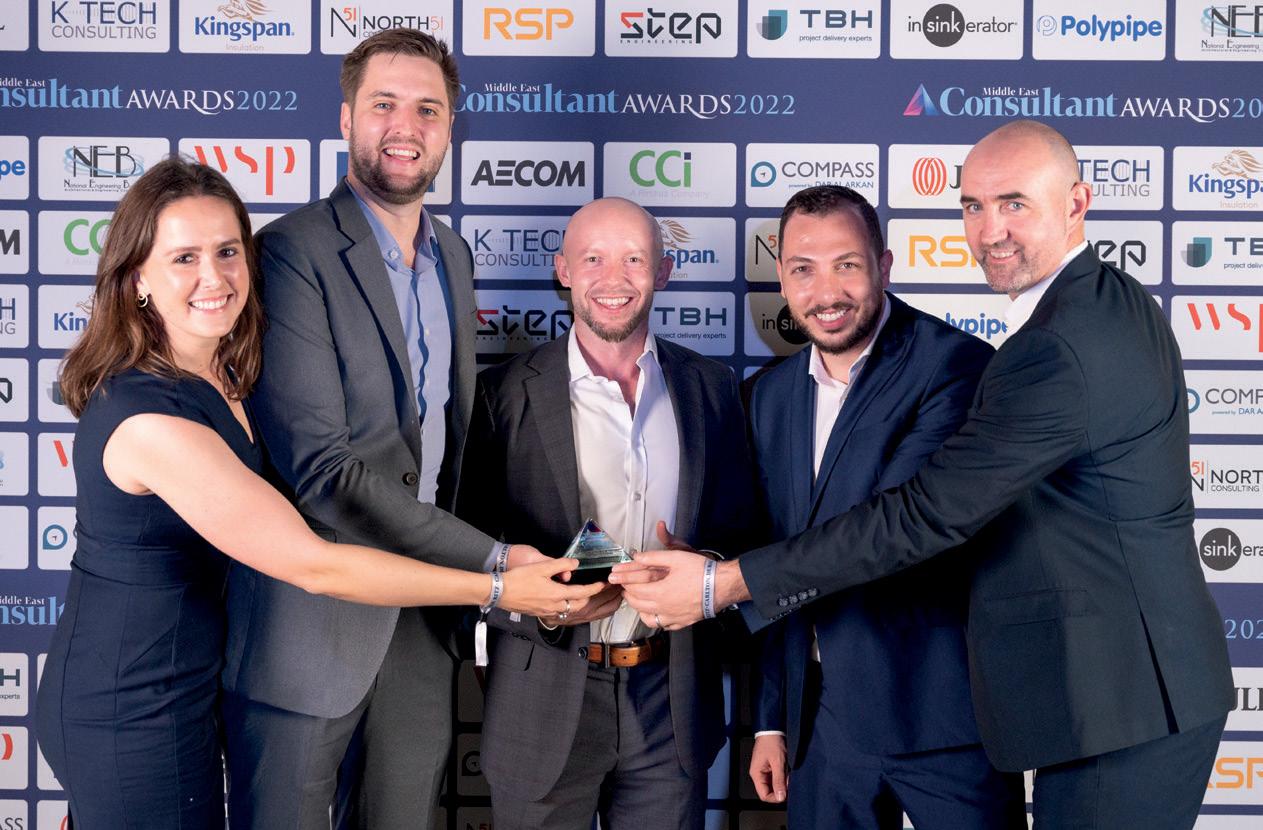






























































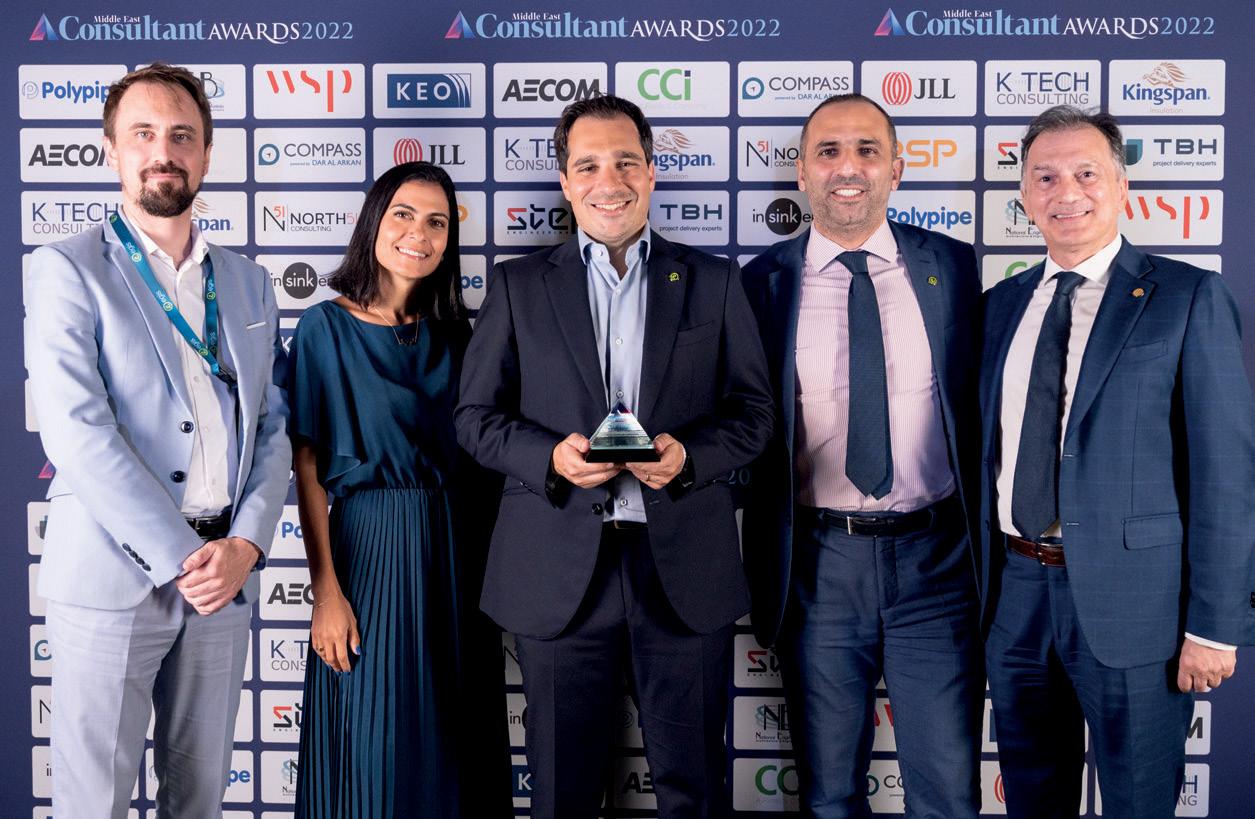


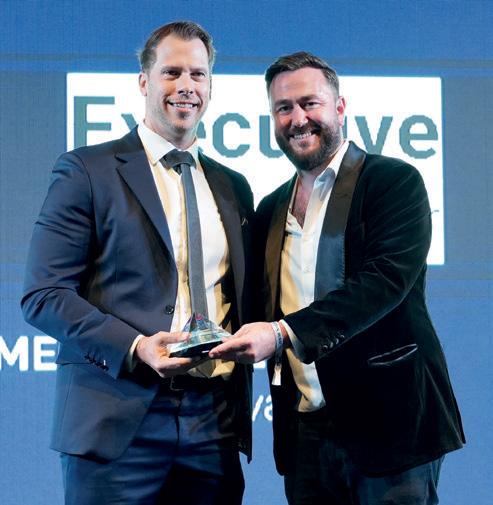
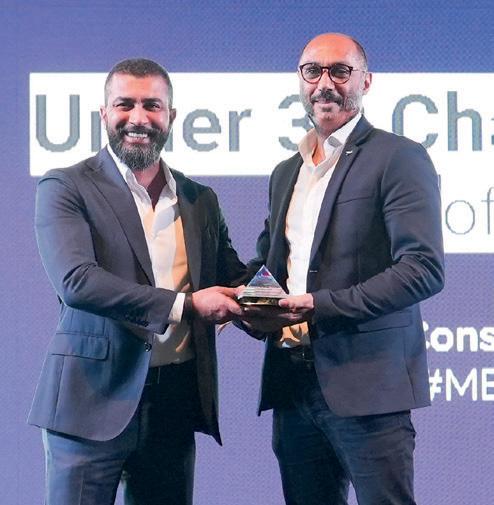

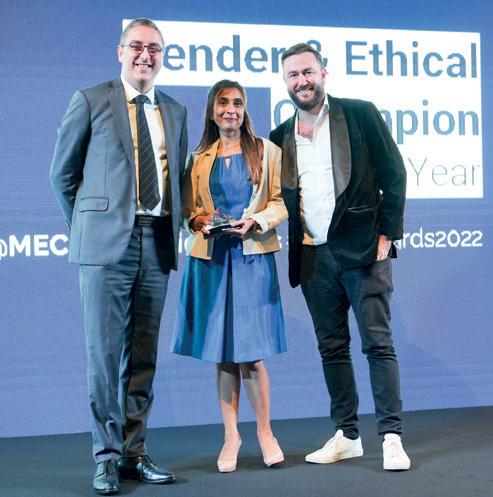

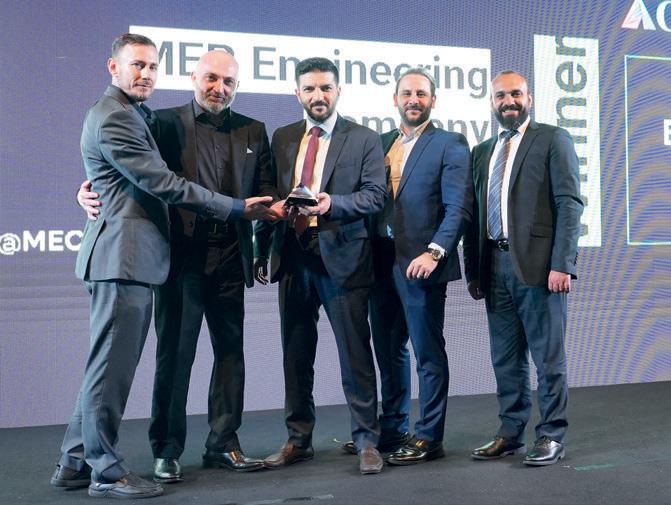



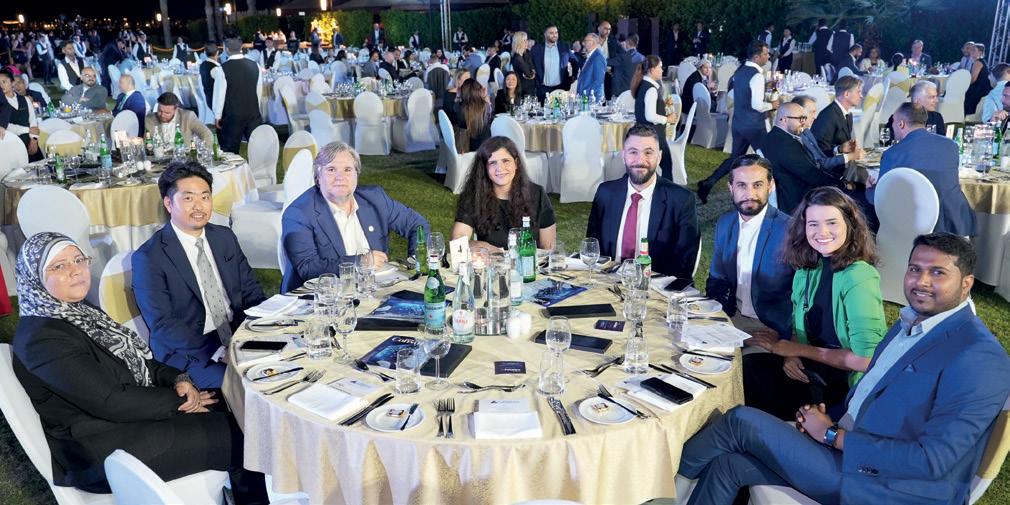
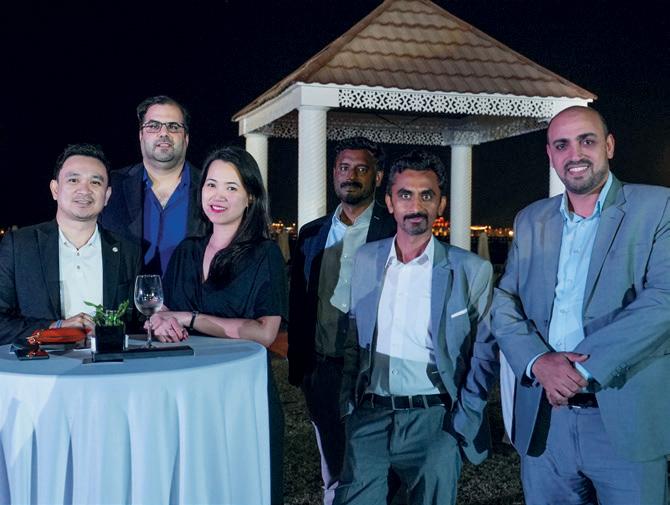


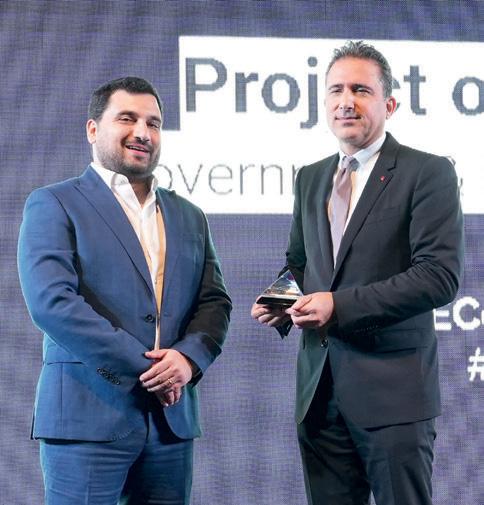
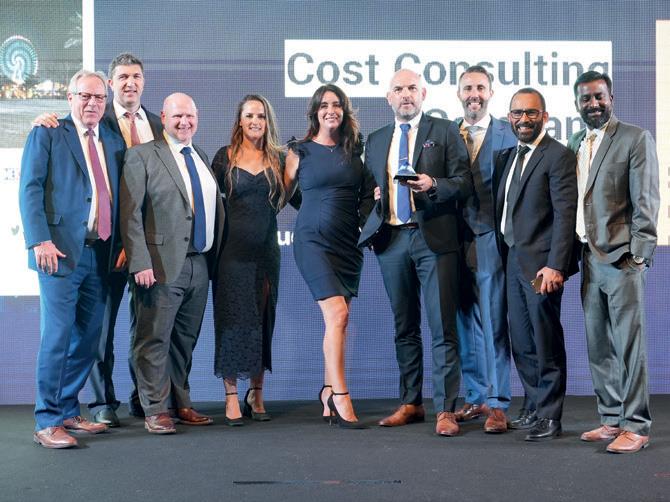
We are seeing an increasing number of major players switching from an Office365 environment to full-on digital, integrated platforms.
t’s to be expected that in 2023, we’re going to hear key terms such as ‘Digital Transformation’ and ‘Giga-project’ a great more. So it certainly makes sense to speak to someone whose skillsets and experience embrace both these dimensions.
Samit Sheth is Digital Transformation Lead, Digital Solutions, Project & Development Services MEA, for JLL. He’s successfully designed and implemented large-scale Digital Transformations for the pre-eminent real estate portfolio owners in the Middle East and Africa - and here, he speaks to Middle East Consultant about the likely trends impacting the sector in the next 12 months, and the critical role that ‘design-thinking’ methodologies are set to play.
Firstly, Samit, can you tell us about the role of Digital Transformation and how it’s not only impacting the way that a business like JLL can interact with clients, but also changing expectations?
“Digital Transformation has become

JLL’s Samit Sheth is a pioneer of design-thinking and user-centric solutions in the ‘proptech’ market. Here, he comments on the opportunities and possibilities that the new transformational methodologies are set to bring…


a bit of a buzzword recently and there have been major initiatives in the region which have led key decision makers in CRE organizations to reevaluate their approach and business models. If we look at KSA, for example, major transformation initiatives in the government, as well as philosophies such as current state assessments and future state assessments, agile and scrum methodologies, are all impacting the market in a tremendous way. Client mindsets have been radically changed and they are addressing the large-scale nature of their problem sets through strategic roadmaps and prioritisation to achieve short-, medium- and long-term goals.
“Of course, client expectations are ever-changing and diverse - but the most noticeable change in client expectations is the shift to ‘do things right once’, since particularly in the design and construction industry, rework leads to abortive costs and inefficiencies. Clients with ambitious vision and decades-plus years of experience are effectively prioritising to quickly achieve their end goals.”
Is this type of digital capability increasingly in demand from clients?
“Yes. The demand is undoubtedly increasing as clients are exposed to largescale transformational methodologies and see the value in these approaches through the tangible benefits they reap. More of them are requesting these services and expecting that consultants are aware of agile and transformational methodologies.”

What do you see as the greatest challenge in the current transition from analogue to digital?
“To start with, I wouldn’t call it an
‘analogue to digital transition’. What we are seeing is more and more clients moving from an Office365 driven business ecosystem into dedicated business applications. These business applications are purpose-built with optimised business processes and user experience in mind for the front end. In the back end, they are optimised for data collection and
leverage the emerging technologies such as Artificial Intelligence and Machine Learning. The greatest challenge, of course, with this type of transition is the organic nature that they have arisen from, which of course is not consistent and will involve different levels of maturity and vastly differing needs and priorities.
“As a result of this, we’re seeing more and more point-based solutions that solve individual pain points and problem statements identified by stakeholders in various aspects of the real estate lifecycle. The key issue and challenge with the organic nature of proptech is that it is further fuelling silos in an already siloed industry. We see enterprise architecture through centralised IT/Digital Teams as a solution to this problem. We also are expecting some consolidation in the proptech market. If we look at our own corporate venture capital arm, JLL Spark, the importance of integrating point solutions into a unified data platform is already a priority. With Data technology rapidly maturing, integrating proptech into a unified full lifecycle data model will lead to maturity in the real estate industry. However, this will be a long journey that needs to be driven by real estate subject matter experts and technology evangelists.”
Tell us about how you leverage ‘design-thinking’ methodologies and what these might actually entail?
“I’m a massive proponent of design thinking and user-centric solutions. Increasing empathy (and putting yourself into the user's shoes) is key to solutioning. Furthermore, defining and Minimum Viable Product (MVP) based approaches synthesise well with the agile methodologies and digital transformation aspects.”
Do you feel that digital tech has a key role to play in determining the relative costs of either re-purposing a structure or building from scratch?

Instead of taking weeks or months to decide on repurposing or rebuilding a building, it is theoretically possible to run multiple scenarios in a matter of minutes, using cutting-edge AI and data models”
“100%! Digital technology, specifically data, is a key decision-making tool that drives our client decisions. Data has matured quickly over the last five years and is at the forefront of decision-makers’ minds. By harnessing data from previous projects and training artificial intelligence models, rapid optioneering is now a reality. Instead of taking weeks or months to decide on repurposing or rebuilding a building, it is theoretically possible to run multiple scenarios in a matter of minutes, using cutting-edge AI and data models to make repurposing, retrofit or new build decisions. For this to be a reality, however, major investment in this space needs to be made. Furthermore, high-quality data
will need to be harvested, and models will need to be trained to truly optimise this specific decision-making process.”
Do you see a difference between the ‘speed of take-up’ for digital tech between businesses in the Middle East and elsewhere in the world?
“This might be a surprising answer, but I anticipate that digital tech in the Middle East, specifically KSA, will outpace the

rest of the world. The primary reason for this is the number of real estate scaleups and digital technology investments, unlike the rest of the world, which battle legacy technology stacks. Scaleups have the financial spending power and a fresh slate to define and build custom technology stacks which are agile enough to evolve through the rapid changes in the technology solution market.
“Moreover, the Middle East is in a unique situation, where we have the spending power and a clean slate to implement world-class solutions that will drive digital technology trends globally. I’m excited to see how this plays out over the next few years.”

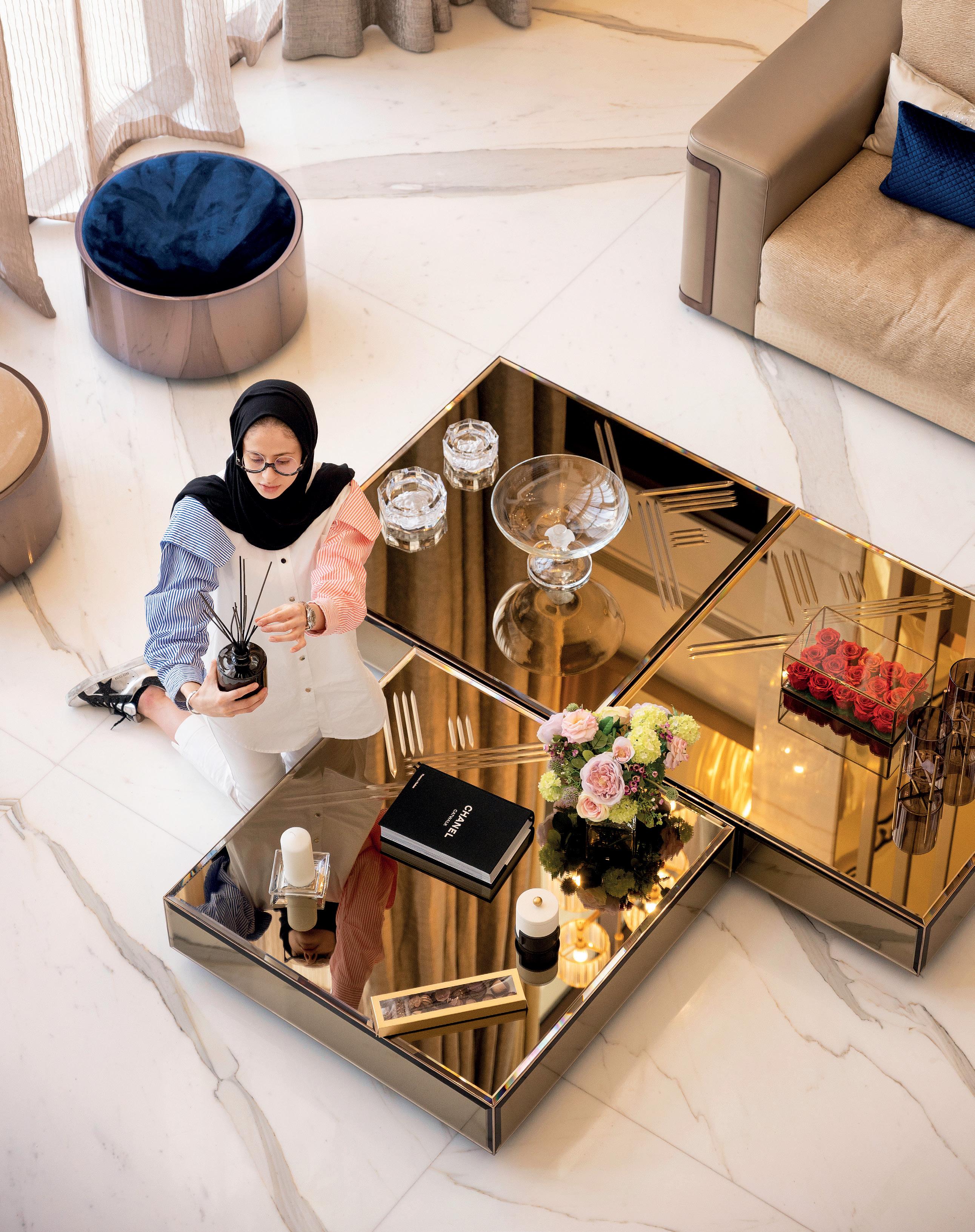
What are the current trends in the use of materials - for example, are the new-style, hygienic surfaces still popular, or do we see a return to more traditional, ornate surfaces?
“It’s about being smart in the selection you are working on. I strongly believe that Covid was a good lesson for all of us, and it left us very mindful about the kind of materials we choose.”
Are your clients still concerned with working from home - and having a variety of different areas in the home - or has that trend now passed?
“Well, to some extent, they are over it now. However, I must say that in all of the residential towers and buildings that I’ve worked on, they all had a dedicated lounge/communal space, which provides an interesting extra lifestyle option in terms of where to go.”
be handed over in 2023 & 2024.”
Do clients expect you to interact with them in person, or is the shift towards virtual meetings still in place?
To what extent do your client briefs reflect a concern for Sustainability, and how is this manifest?
irstly, Razan, are the current crop of client briefs reflecting any particular design trends?
“No, I don’t see a particular trend, although I would call this a “less is more” kind of approach; although there’s no really dominant preference, designers are needing to bring an ever-wider portfolio of style options to cater for increasingly sophisticated client briefs.”
What are the most popular projects right now - villas and townhouses, mixed-used apartment complexes, or commercial interiors?
“At NEB I would say it’s a mix of all of these. In 2022, I have honestly worked on every category you mention, in addition to some great educational facilities that will
“It’s a mix of both, quite honestly. We are having regular weekly meetings online, yet when there’s an important issue we will usually discuss it face-to face. If we are going to spend two hours commuting to meetings, why not save this time and be productive at the office, whilst having the meetings online?”
We are now seeing a huge growth in sales of ultra high-end villas and apartments: have you been involved in the interior designs of any of these upscale projects?

“Luckily, yes, we are in the process in designing two ultra-high end villas that are located on beach fronts in prime islands in Dubai. At the same time, though, the term ‘ultra-high end’ often gets wrongly associated with an excessive spending on design and finishes, but this isn’t always true. You have to remember that clients are very smart about what to pay for and if it’s really worth it!”
“It’s everywhere! There’s a huge shift towards Sustainability, which really makes me happy. Two projects that I’ve worked on this year had the highest category of Estidama: one was in Abu Dhabi and the other at Al Sa’fat in Dubai. In both cases, it was honestly very challenging achieving the required standards, but we competed them very successfully - and we couldn’t be any happier with the results.”
What has been your most recent source of inspiration - was it a book, a movie or a visit to somewhere intriguing?
“To me, it’s probably whenever I get to spend time alone in nature, whether that’s during an early morning horse ride at Al Qudra, or a barefoot walk by the beach. I always feel my truest self when I’m alone in nature; there’s a deep integration that helps my mind disconnect and I feel my most inspired afterwards. That’s often when I’ve done my very best work.”
“Remember,
solutions to the many problems frequently occurring in the area of energy management. Countless reports from Internal audits, internal system analyses, trouble-shooting initiatives and complaints all reveal that the issues are broad and manifold - e.g. systems are damaged, they are not stable 24/7, leakages occur, pipes are not thermally insulated, or water meters and other detailed consumption measurement devices are not in placewhich of course means that any real-time issue detection (or more detailed analysis and action plans) cannot be done.
lmost everyone reading this now will know that, as per the ISO´s report on energy usage, buildings are responsible for more than 40 % of the global energy consumed, and as much as one-third of global GHG emissions, both in developed and developing countries. But what many people won’t suspect is that the building sector also has the largest potential for significantly reducing GHGs compared to other major emitters.
So for us in the construction and building management sector the objective is very clear: we have to reduce the energy consumption in buildings.
Of course, at the most basic level, a reduction of energy consumption can be obtained by simply asking the occupants to reduce the use of heating, air conditioning, water, and electricity - but there’s obviously a limit to this approach.
Buildings will always need energy for heating, air conditioning, corridor lighting, hot water, etc. The systems used for all this need to be reliable and stable, yet with as minimum a consumption as possible: after all, they are connected to the grid, and they should be as efficient as possible. Now, a key method for achieving a low level of energy consumption is to install ‘intelligent’ systems which detect consumer demand patterns via monitoring and analysis tools, and provide the concomitant energy as needed. Secondly, the systems will only produce energy coming from renewable sources such as solar and wind.
Simple, right?
Construction and Building Management Engineers have the task to make all this happen - and find the most adequate
So we can say that the first step always needs to be to ‘know your shop’ (or better: know your building), and to do that requires proper monitoring and analysis. However, with traditional energy systems this is easier said than done, which is why newer systems often come with such monitoring features - which is in itself a good reason to switch to those newer systems.
A second point is then to increase the efficiency and reliability of the system and thus decrease the costs of operations as well as the ecological footprint to achieve sustainability. A good system will use renewable energy and be reliable in terms of providing the desired output even in the most adverse circumstances such as extreme heat, high humidity and a high level of air pollutants (e.g. sand).
Now, again coming back to the example of domestic hot water, while there are different technologies available in the market, most don’t meet all the criteria of sustainability, reliability, and efficiency. So a general push can be observed in the market towards thermodynamic solar panels, which is a green technology (sustainable) based on renewable energy - and which uses solar radiation and ambient temperature to produce hot water. It is also reliable, since it does not lose its performance even at night or when covered with sand or dust. Finally, it is also efficient, since it uses monitoring features
to obtain real-time data to analyse energy and water consumption. Overall, this leads to significant carbon footprint reductions and cost reductions (up to 90% vs other systems).
All this can be summarised by saying that retrofit projects are a fundamental part of energy efficiency in buildings, offering clear benefits in the improvement of daily operations with an increase in savings.
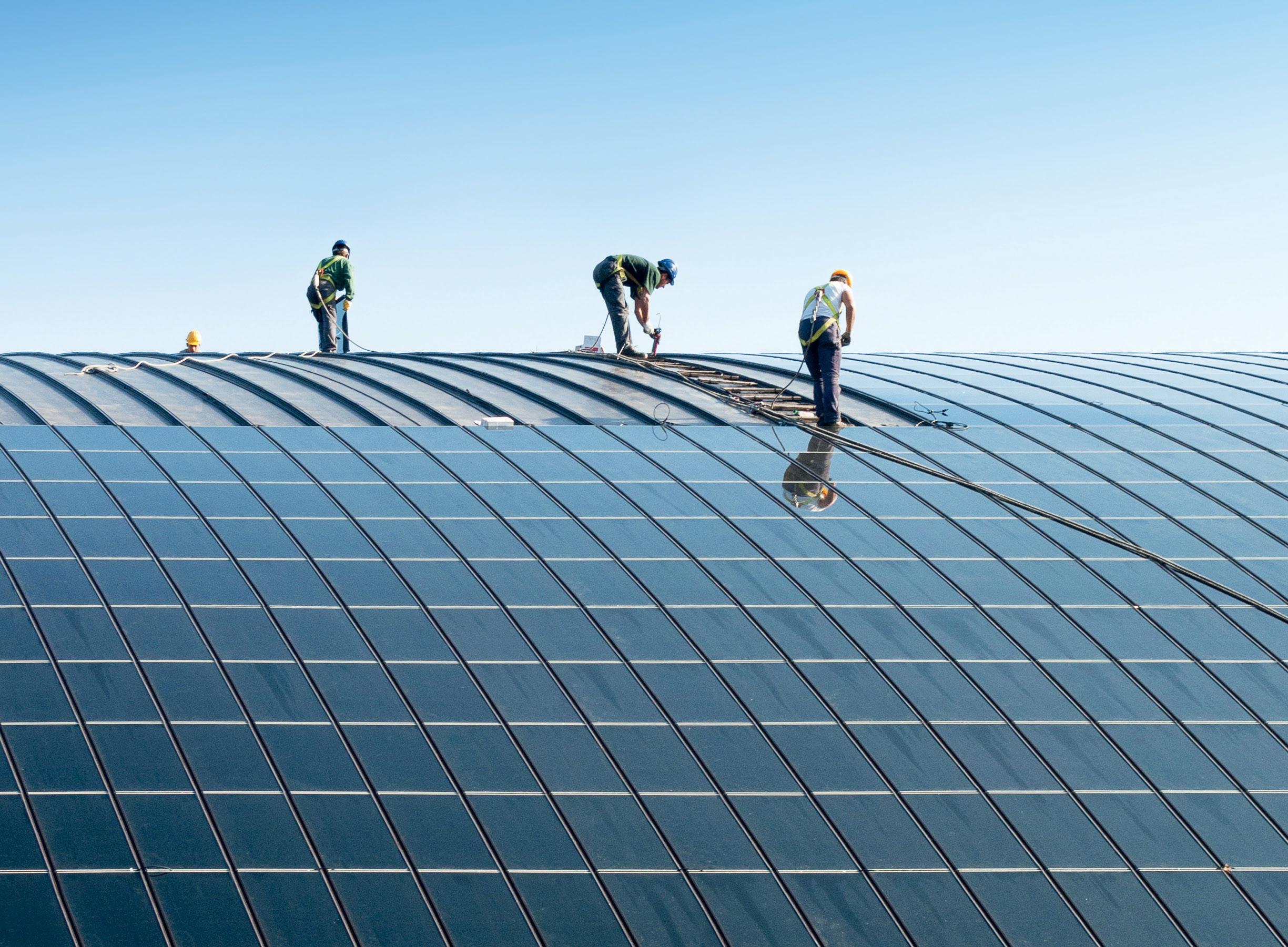
Retrofit projects (i.e. switching the systems) are a fundamental part of energy efficiency since they can achieve all of following: reduce the energy consumption, optimise water, reduce maintenance costs and create a direct benefit to the owners in terms of savings. However, such a switch comes at a price in form of initial investments - and it’s also a ‘change project’ which needs a good engineering
Retrofit can achieve many key sustainability goals and avoids excessive CO2 emissions - but this comes at the cost of significant investment.
team and, above all, the right mindset of the owner/investor to fully commit to it. Depending on the specific case, the payback period of such investments can be shorter or longer - with key factors being the ease (or difficulty) of a switch and the annual savings which come with a new system.
The alternative, however, also comes with opportunity costs which are often overlooked. These are the higher energy consumption and energy bills, as well as significantly higher maintenance costs (repair, cleaning, trouble-shooting) and a lower score in energy audits - which of course misses out on the opportunity to
obtain green certificates, which in turn could be used as part of a marketing strategy for building management (very important in the case of hotels).
To avoid the ‘do nothing’ scenario requires the combination of a good engineering team which is ‘on top of things’ and which is deeply interested in making improvements, combined with good consultants and service providers, who have expertise, experience, and know how to get things done, and finally - and most importantly - an owner with the right vision, willing to invest in the long term.
Unfortunately, there is often a more traditional approach going on, which is more about keeping short term costs low and always finding the cheapest possible ad-hoc solution, with little consideration for longterm aspects. This often leads to an overall higher long-term cost, mainly because of the high trouble-shooting costs which inevitably come with such an approach.
For all the above, it’s essential to have the support of the owners or investors to invest in better systems to have longterm benefits, which translate into easier operations and maintenance of the building for the hotel operators and produce a higher profit. Obviously, we need to highlight that it’s not a good strategy to wait until the last moment (when the systems are already damaged) as this can directly affect the operations and therefore, unfortunately, the occupants of the property.
The bigger picture: how do climate & the environment affect systems such as domestic hot water (DHW)?
Since the Gulf region is one of the hottest places in the world during the summer months, with temperatures rising well above 40 degrees Celsius, and accompanied by a high humidity, we already have extreme conditions. Now add the sandstorms and the dust, as well as the fact we’re near the sea with its very saline environment, and it becomes fairly obvious that we get highly corrosive conditions. All these factors directly affect the normal
operations of any system - let alone one that requires either a lot of repair, maintenance and cleaning works. Clearly, it’s better to have a special system that is perfectly adapted to such an environment.
The issue with the first approach (repairs, cleaning, maintenance) is that it involves a lot of resources both in terms of personnel, and of materials - which translates to extra costs of operations.
The advantage of the second approach is to use the positive aspects of the Gulf region: we have (almost) 365 days of sunshine and heat per year, so we should make the best use of that. Sunshine just has the caveat that it doesn´t produce energy at night, so we need to look beyond pure solar configurations to systems also based on exploiting the heat itself - and these can fully produce energy 24/7. This
is where thermodynamic solar panels come into play.
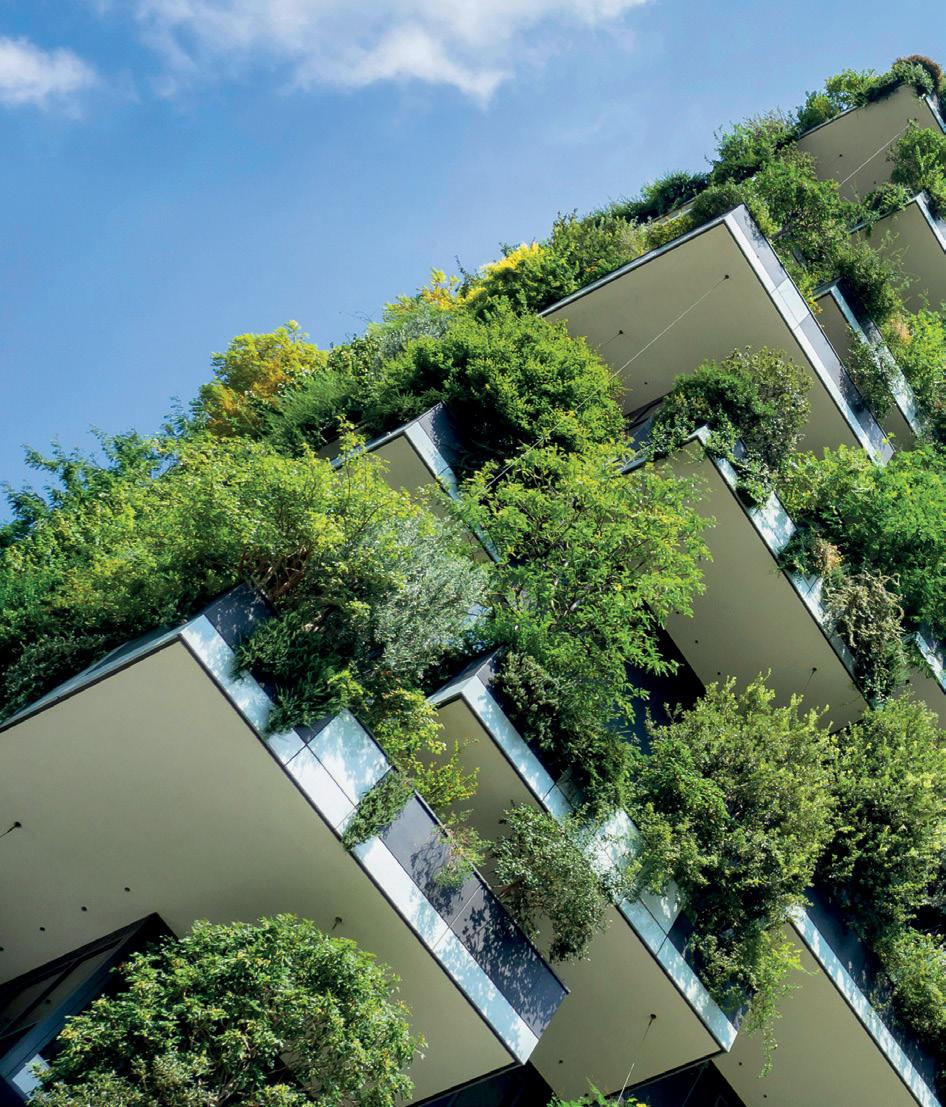
We hear it everywhere but what does it mean to be sustainable? The basic and short answer is that you are sustainable when you consume less than what Nature is growing back. Consuming fossil fuels or other resources within a few decades, which took Nature millions of years to ‘produce’, is not really sustainable. This is or should be common sense and, thankfully, it is more and more accepted by modern society.
Most governments and most companies have ‘to be sustainable’ as part of their goals and visions - and rightly so! (I’m also bound to say that, as a community, we should also support and encourage our companies and our governments to push this even further).
In the end it is a conscious behaviour that will empower any true approach to sustainability. This means• Avoidance of resource consumption
It is likely that in the coming decade, features such as biophiliac facades and structures will become an urban design norm.

wherever possible, and obviating overwaste of resources
• Recycling and re-using materials and resources instead of just extracting and exploiting new resources
• Optimisation of resources in the generation of energy
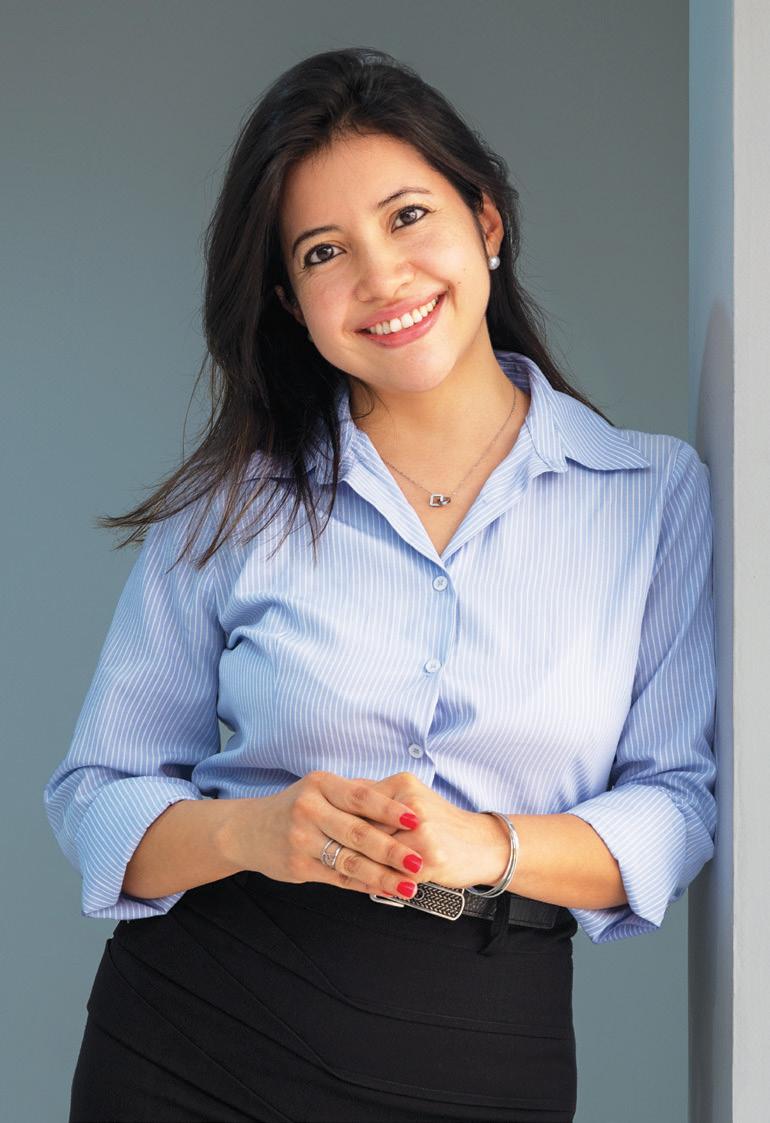
• Usage of renewable resources over nonrenewable resources - for all areas where the previous points are not sufficient These points are key for us and future generations: everybody can quickly reference what he or she can contribute to achieving these goals of sustainability.
You could call it a constant act of civic responsibility - and for us in the construction industry, given the big impact we have, we clearly also have a special obligation to exhaust all means and put all efforts into the goal of achieving sustainability.
‘Net zero’ building is a benchmark for decarbonisation - and this term is becoming fashionable everywhere in the
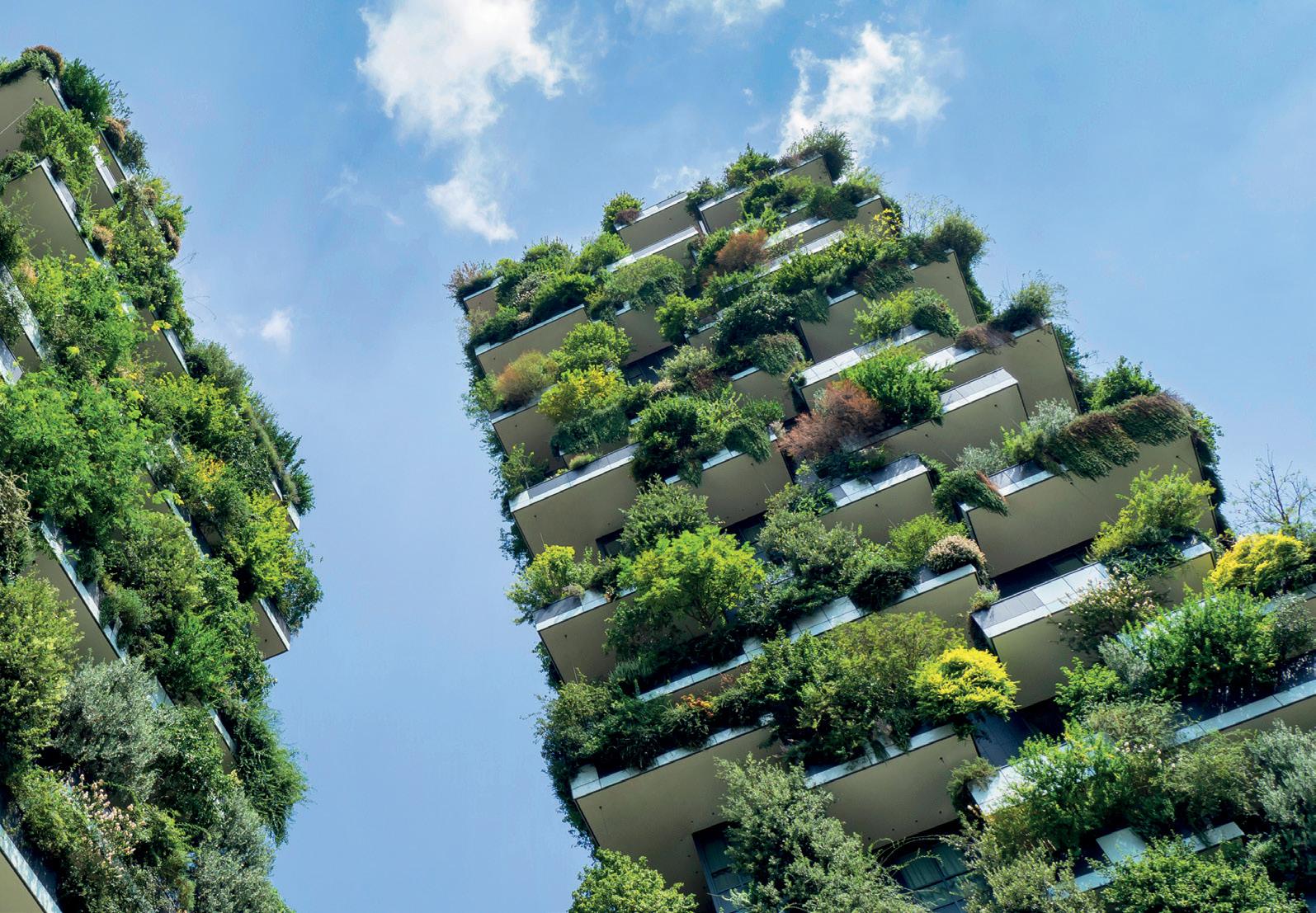

construction industry. New projects are geared to be built with all the parameters of a net zero building - but can everything really be net zero?
What net zero literally means is that a net zero building does not add any new emissions to the atmosphere, which is, of course, very unlikely. Yet in reality
it means that the new systems will be more efficient. There may still be emissions, but they must be balanced out and their annual equivalent must be reduced to the minimum.
The objective is to reduce greenhouse gas emissions as much as possible, and in buildings CO2 emissions are usually a direct result from the combustion of diesel, LPG or SNG (all of which are fossil fuels). Now how does this play out? What does this mean for us? Let’s have a look again at the area of domestic hot water (DHW).
The water we use in the bathroom and kitchen is DHW and this hot water is traditionally generated by systems which use diesel, LPG or electric boilers. But you may wonder why we need to heat the water more if it is already quite hot here in the Gulf region during most of the year? According to the green building guide, we need systems in place which can reach 60 degrees Celsius to avoid the proliferation of Legionella in the pipes; and it is also a mandatory rule according to all regional municipalities. Hence, we cannot avoid the usage of heating systems.
As per the net zero building concept, however, we need systems that do not run on fossil fuels (decarbonisation!) but instead, run exclusively on renewable energy from wind or the sun. The UAE has the mission to achieve Net Zero 2050 as part of the climate change protocols of the Paris climate agreement from 2015. Hence, we see in this area how global agreements turned into national and local rules and what this means for us in the construction sector. The fact is, we only have 28 years left in which to enact what amounts to a significant transformation: it’s a truism that the earlier we all get ready, the better.
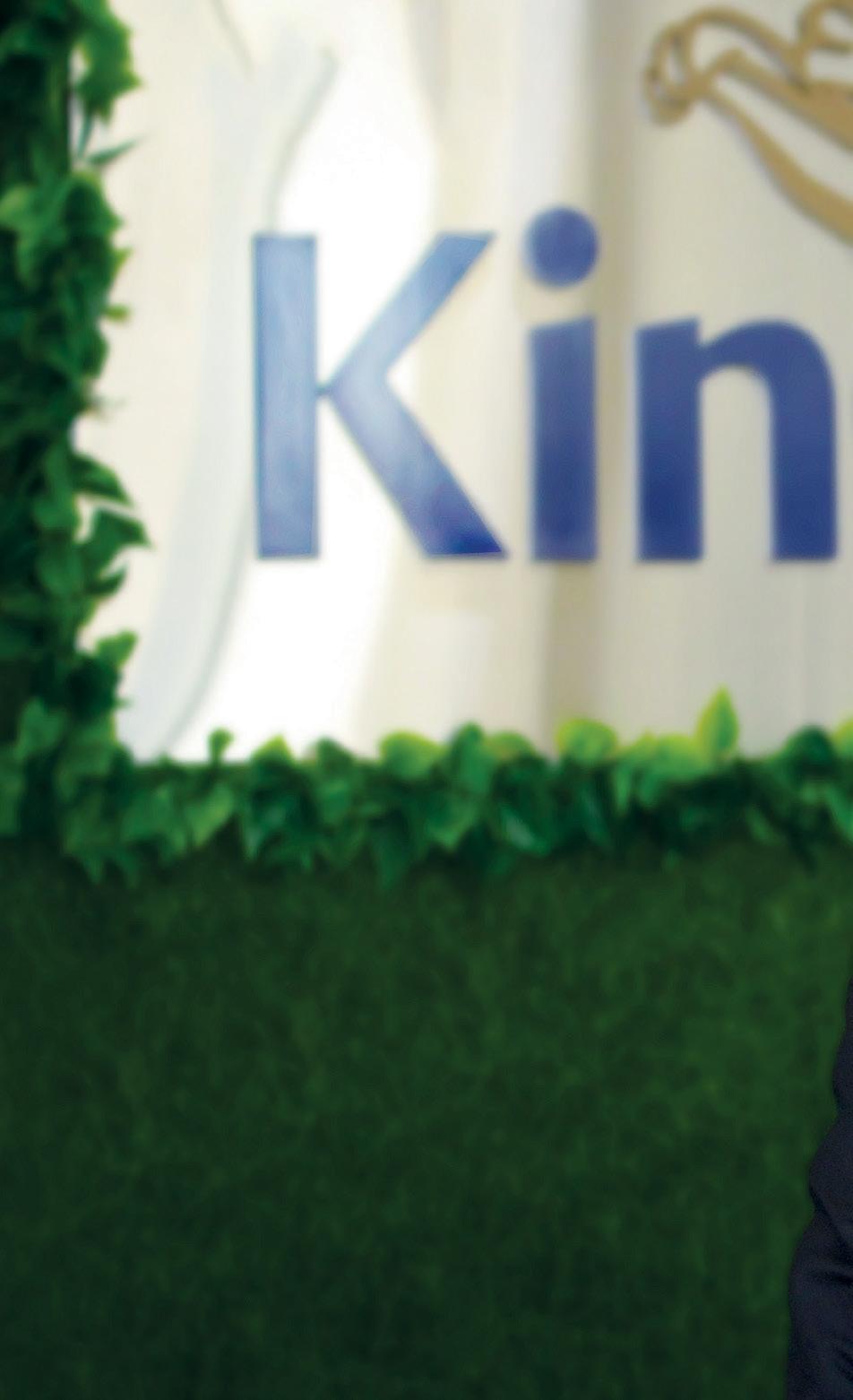
Middle
irst things first”, says Sarmad. “Kingspan Insulation has achieved a profitable year by focusing on our four key strategic pillars: increased penetration of our existing product suite; the continued evolution of our geographic footprint; differentiation from our competitors driven by innovation; and implementing our new Planet Passionate goals.
“Our Insulation sales have increased, showing strong demand in key markets. We are relentless in our commitment to offer an unparalleled spectrum of insulation solutions. There is a strong development activity during the year, progressing our global footprint by Kingspan Group’s acquisition of Logstor Group, a leading global supplier of pre-insulated pipe systems, with a focus on improving energy efficiency, particularly for the district cooling market in the region.
“What’s more, I’m proud to say we are culturally diverse, and strive to nurture equality and diversity across our business. What has been achieved would not be possible without the people that work hard to drive the company forward.”
What about your overall mission, Sarmad?
“Well, Kingspan Insulation’s mission is to accelerate progress towards net-zero carbon emissions from the built environment. We contribute to this with our wide-ranging product portfolio of Building, Ductwork & Pipe insulation which includes FMapproved Therma solutions, UL181 Listed phenolic ducts and pre-insulated pipes for district cooling; all in line with International Building Codes.
“What’s more, our ambitious Planet Passionate programme is Kingspan’s 10year sustainability programme which aims to impact three big global issues - climate change, circularity and protection of our natural world. We are fully committed to doing all that we can within our business in response to these issues. Climate change is the single most important issue facing the world today and our most urgent priority. Energy conservation has always been at the core of our products and how we run our business. Our Planet Passionate goals include reducing and decarbonising the energy used in our manufacturing processes, with clear targets to strive in 2030. In parallel, we will continue our relentless


pursuit of low-carbon buildings that deliver more performance and value.”
What about current interest in Saudi Arabia’s many projects? “We see many consultants and contractors supporting Saudi Arabia’s Vision 2030 development program. This is one of the major factors which have influenced our decision to invest in a new state-of-the-art manufacturing facility in Saudi Arabia in 2023, to support the ever-growing local demand for our Therma product range.
“As our goal is to maximise the use of renewable energy, we will be installing a rooftop photo-voltaic array that will supply nearly 50% of the total power requirement of the new KSA factory and another that will supply 25% of the total power requirement of our existing Dubai manufacturing site, reducing the carbon footprint of the business.”
“Our Dubai Manufacturing facility is ISO certified and complies with Management System standards: ISO 9001: 2015 (Quality Management Systems), ISO 14001: 2015 (Environmental Management Systems) and ISO 45001: 2018 (Health and Safety Management Systems). And we are set to introduce ISO 37301 (Compliance Management System) this year.
“All in all, I would say that as we start 2023, the business is in a very strong position to build upon its four strategic pillars, under the guidance of its excellent management team, and with the benefit of its strong balance sheet. The business we have built is well-placed to address whatever new challenges and opportunities 2023 may present. Our focus remains on continued growth both organically and through a disciplined expansion strategy. This is supported by investment in research and development to ensure we have a product suite that outperforms that of our competition, and a business model that is responding to society’s climate challenges through our Planet Passionate goals.”
Kingspan
Insulation’s mission is to accelerate progress towards net-zero carbon emissions from the built environment ”
Traditional practice focuses on process-driven operations, but often overlooks the importance of a formal project conclusion and wrap-up.
The reality is that in my years of experience in the project management field, I have come across a number of individuals, teams and organisations that are highly knowledgeable, skilled and capable of dealing with a majority of aspects of project execution. However, there is one phase that is often discounted and overlooked: how to effectively ‘close a project’.
So - let’s throw some light on this overlooked phase and remind the project management community of the value that can be gained in ‘closing’ a project properly.
recently caught up with a friend of mine who works as a consultant in the construction sector. She spent most of the meeting detailing how a client still calls her and asks for more work on a particular project - even though the project has been officially closed for more than a month. How can it be that the client seems to have overlooked all the formalities and believes it’s all a work-in-progress? How has my friend failed to ‘close-out’ the project, which in terms of the contract, is now over?
Undoubtedly, breaking large activities into different phases is a tried and tested management technique; phases such as ‘Initiating’, ‘Planning’, ‘Executing’, ‘Monitoring plus Controlling’ and ‘Closing’ all being the rudimentary norms. Each of these phases comes with its own challenges and risks, and throughout every project, a lot of effort and consideration goes into how they might be executed better. In my view, the real problem area here is the phase of ‘closing’. It’s often overlooked, habitually rushed, rarely done proficiently, and any potential for realising its value is ignored.
But of course it’s easy to understand why. At the end of a long-term project, budgets are usually exhausted and relationships are strained, and the greatest necessity in everyone’s mind is to wrap up

Romi Sebastian outlines one of the most critical and volatile aspects of consultancy management - how to go about officially reviewing the 'end' of the work
the project as quickly and cost-effectively as possible. As an extreme example of this fallacy, I’ve even witnessed a closing session for a three-year project reduced to a one-hour, unplanned meeting.
As appealing as it may seem to close everything in around 60 minutes, if insufficient work is put into project closing, it will be all too easy miss the opportunity to reap the great value that a strong project closure undoubtedly offers. In many ways, this might be the greatest value of the entire project, because - at the very least - it simply offers the chance to learn from our experience and improve the way we do things in the future.
Of course, we all learn (and claim we learn) from the projects we work on, but if these lessons are only in our minds and never documented when closing the project, then the organisation ultimately doesn’t learn a thing. Of course, with budget constraints, no one wants to lengthen the agony of a challenging engagement or for that matter, diminish a story of success with a week of discussions about long-since-past issues. Yet in my view, if organisations are to learn and continuously improve, it is absolutely vital to set aside enough time and effort to close a project in a highly beneficial way.
Apart from the rudimentary checklist for project closing, the following are some points I would like to share; they will all assist in enhancing the value of a good project closure.
1. Contracts: Why don’t we consider any disagreements and disputes that occurred during the project, especially in the areas of responsibilities and expectations? What lessons can be learned in the wording of contracts or the descriptions of deliverables that might avoid such misunderstandings in the future?
Look for lessons in your disagreements that might correct ambiguity and weakness in a contract template; there may be opportunities to create simple language in future contracts that will avoid similar problems. Also consider incentives in contracts if not already present.
2. Acquired Skills: Members of your team may have become experts at the end of the project - if for no other reason than that there was a lot of pain and they built their skills from trial and error. Were there any areas where it was clear that skills and understanding were lacking? From these considerations, you may have recommendations for future training needs based on actual observed team performance - not just on what people say they want to learn, or industry trends. This is also a good time to advise all team members to update their profiles/CVs/resumes based on their new skill-set/experience before mobilising into new ventures.
3. Plans, Schedules and Estimates: At the end, we need to consider how well the organisation’s delivery performed against the baseline plan and the estimates made. Estimation is vital for profitable commercial engagements, so it’s

imperative that you improve estimating for costs and scheduling, based on this actual performance feedback.

4. Stakeholder Management and Communication Oversight: Always consider the effectiveness of oversight and communications on your project. These vital mechanisms should be inscribed throughout the management and governance structures. All these considerations should offer lessons learned, by informing changes to the structures and estimates/timelines for governance, and the reporting on future projects.
5. Risks: One should review any/ all shocks and surprises that impacted project progress or created management challenges. Lessons learned from surprises/shocks can be useful because there is an extent of forecasting involved in risk management. At the time of project closing, however, it becomes
possible to see what really happened, and it may be possible to improve reporting, communication and management of risk in all future engagements.
6. Mechanisms and Tools: How did the PM software tools that were used on the project actually perform? The marketplace is filled with productivity tools that promise to transform the management of testing, requirements monitoring, cost control, incidents, collaboration, etc. Some tools work well in certain environments and not so well in others. At project closing, it is important to look for any lessons learned from using these tools and make changes if necessary, on future ventures.
7. Pitching products/recalls: It is important to consider any necessary changes to products/ materials or sales pitches based on the events of the project. It is not dishonest to market a product; however, it is obviously dishonest to
present something (again) that is known to be untrue, once a project has been impacted by it. The project closure phase gives us a good chance to consider if the sales materials or the pitch offered turned out to be fallacious. Lessons learned may drive changes to sales materials or improvements to product offerings. This can be hugely valuable for future projects and helps avoid misconceptions and unfulfilled customer expectations.
8. Asset Management: Before ultimate closure, all reusable assets should be identified, including assets from procurement that might still be licensed and available for use in other projects. Items may have been produced to overcome project challenges that have value beyond the life of the project. These are unexpected bonuses that an organisation/project team should be prepared to utilise, but it will only see that value if project teams look for these opportunities at the closing phase and ensure that any assets are made available to others.
It is important to confirm that any assets that were created for the project or received on loan from customers or stakeholders are returned and decommissioned. Physical items might include security passes, car passes, dongles, laptops, keys or hard hats. Software items might include documents, credentials, data, development/test environments or licence keys. It is surprising how often little items are forgotten. Months after a project has ended, we find ourselves in the embarrassing position of trying to chase around project members to see who still has something that belongs to a client/customer. Project closing is a good opportunity to identify everything, hand it back, and get receipts so that every aspect of housekeeping is done well.
9. Record recommendations: Taking all the lessons you have learned, make recommendations for a future project or for changes to best practices, and communicate these to your organisation. It is great to have learned new things,
but that’s of limited value unless the recommendations and findings are available to those who will follow you. Whenever I am assigned on a new project, the question I often pose is this: “Are there lessons learned available from previous, similar projects?” I have often been surprised about how little handover or background I have received at the time of
Romi Sebastian is a Senior Project Manager brought up in the UAE and working in the Middle East with top-tier firms for the past two decades. He holds a strong interest in the fields of Organic Architecture and Bio-Mimetics.

starting a project. This is a good reminder that at least when our time comes, we should leave the knowledge base better than how we found it.
10. Rejoice and show gratitude: There are a lot of benefits involved in the simple gesture of offering (authentic) thanks to the team and all the stakeholders. It’s astonishing how often this is overlooked. By at least sending out a ‘thank you’ note to all, you’ll be reminded of all the members involved throughout the duration of the project. Plus, as well as keeping people motivated, this simple act means you can record all the participants’ contact details in one place.
What’s more - remember this: the advantage in spreading the good news to all stakeholders is that even those who are not closely engaged will be aware that the project is now over. Right?
I hope some of the above helps project managers to ensure that their hard earned lessons are never forgotten and that positive change becomes easier to deliver over time.
To be blunt, what you sow you reap. If you plow through the bare minimum with a 60-minute project closure meeting, it’s all too often of little value to anyone. Whereas, when project closure is used as an opportunity for post-mortem analysis and constructive suggestion, it offers us a chance to genuinely improve how projects are done. As project managers, we have a duty to our customers, organisations and our society in general, to learn everything we can from mistakes and proactively work to avoid repeating them. There’s no more important place for that than in effective project closure.
As appealing as it may seem to close everything in around 60 minutes, if insufficient work is put into project closing, it will be all too easy miss the opportunity to reap the great value that a strong project closure undoubtedly offers”


